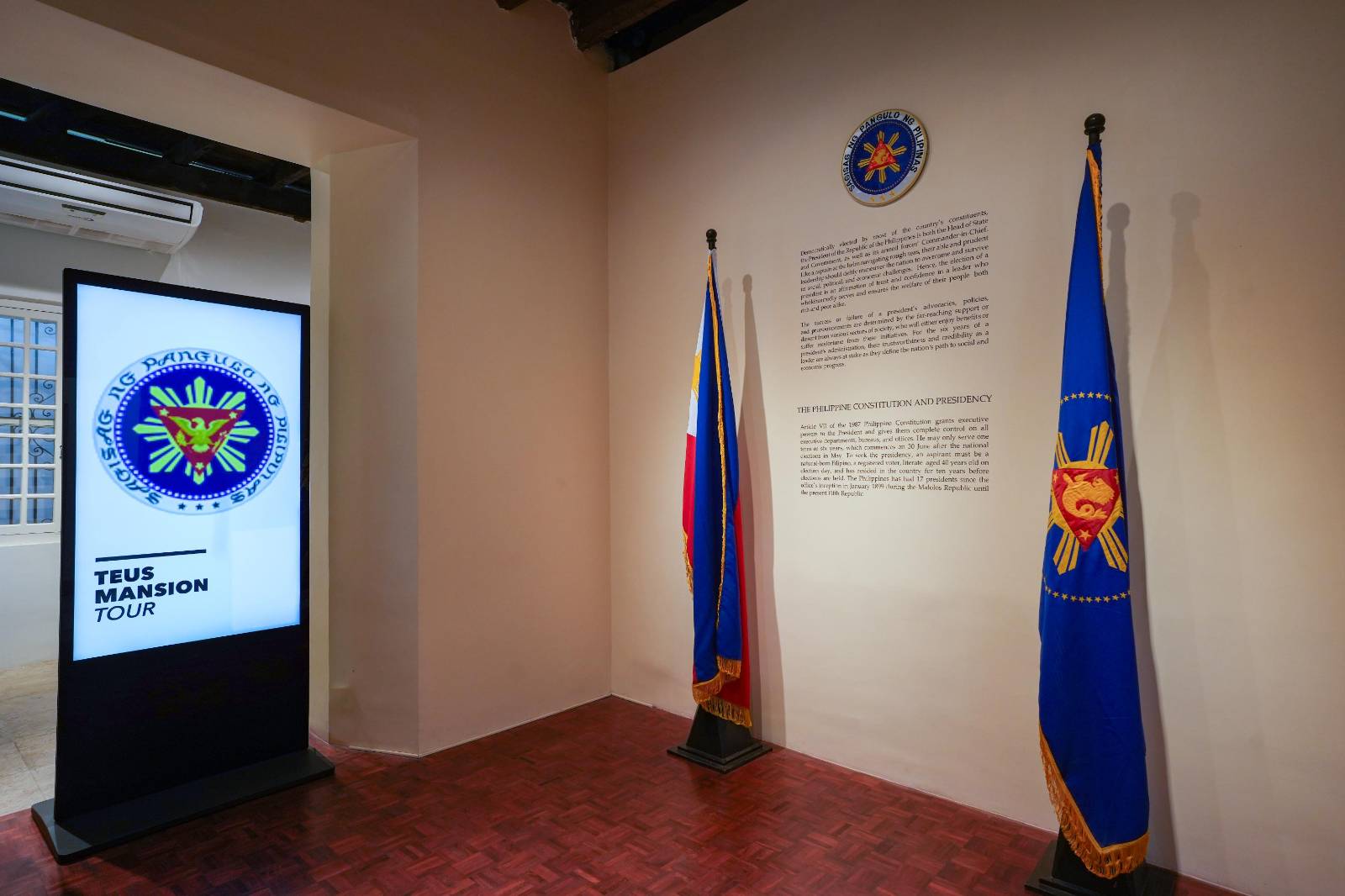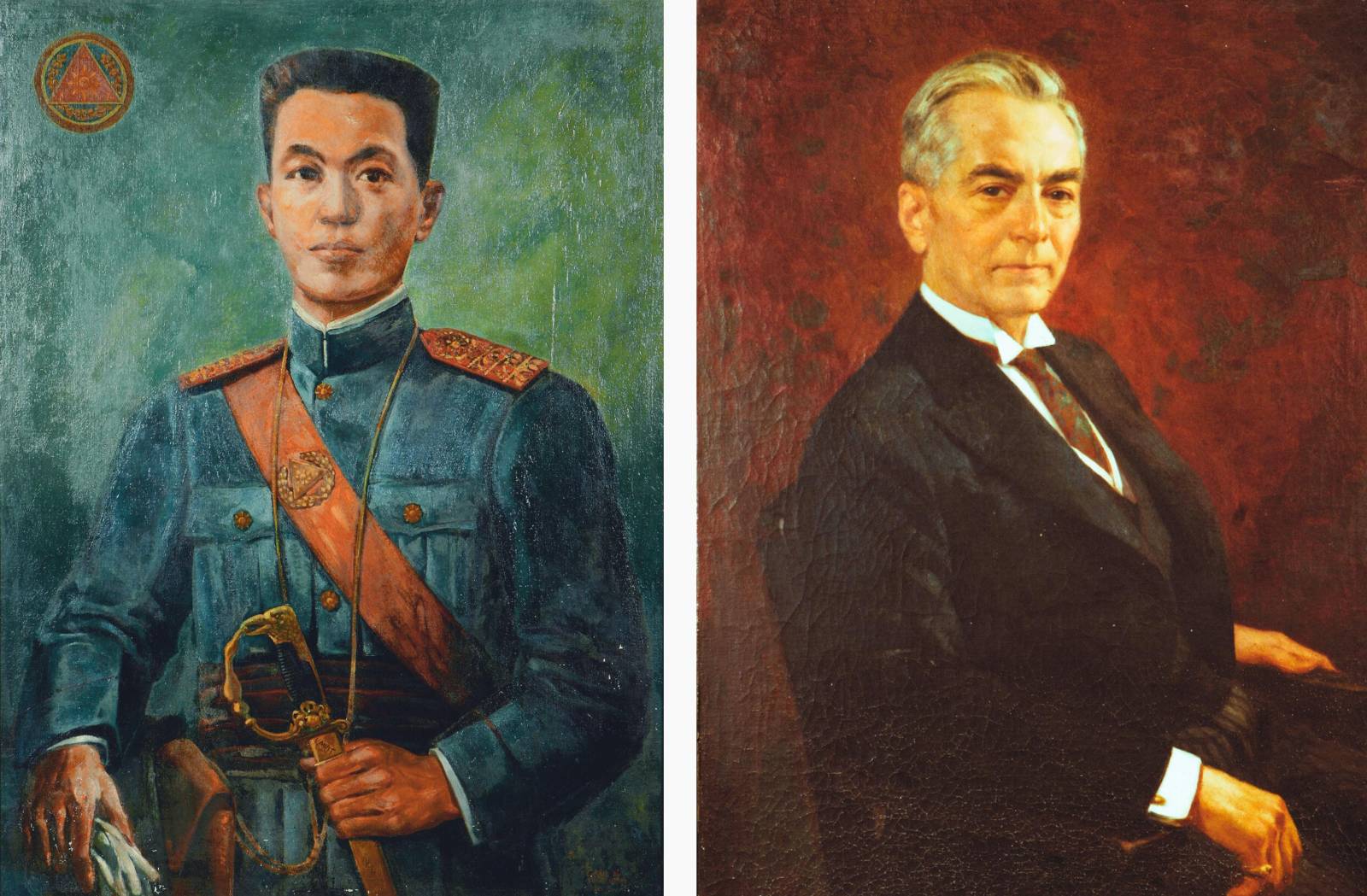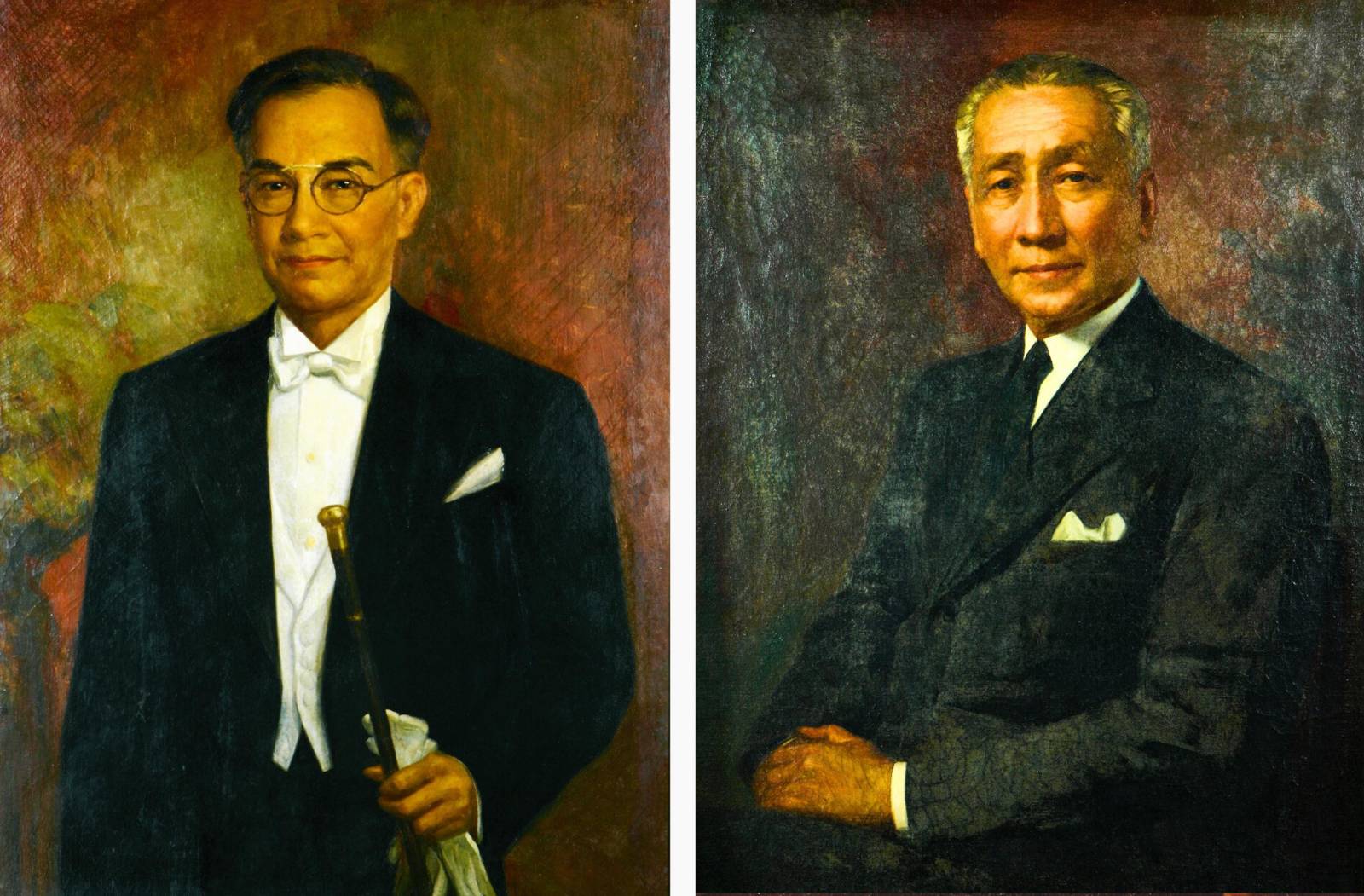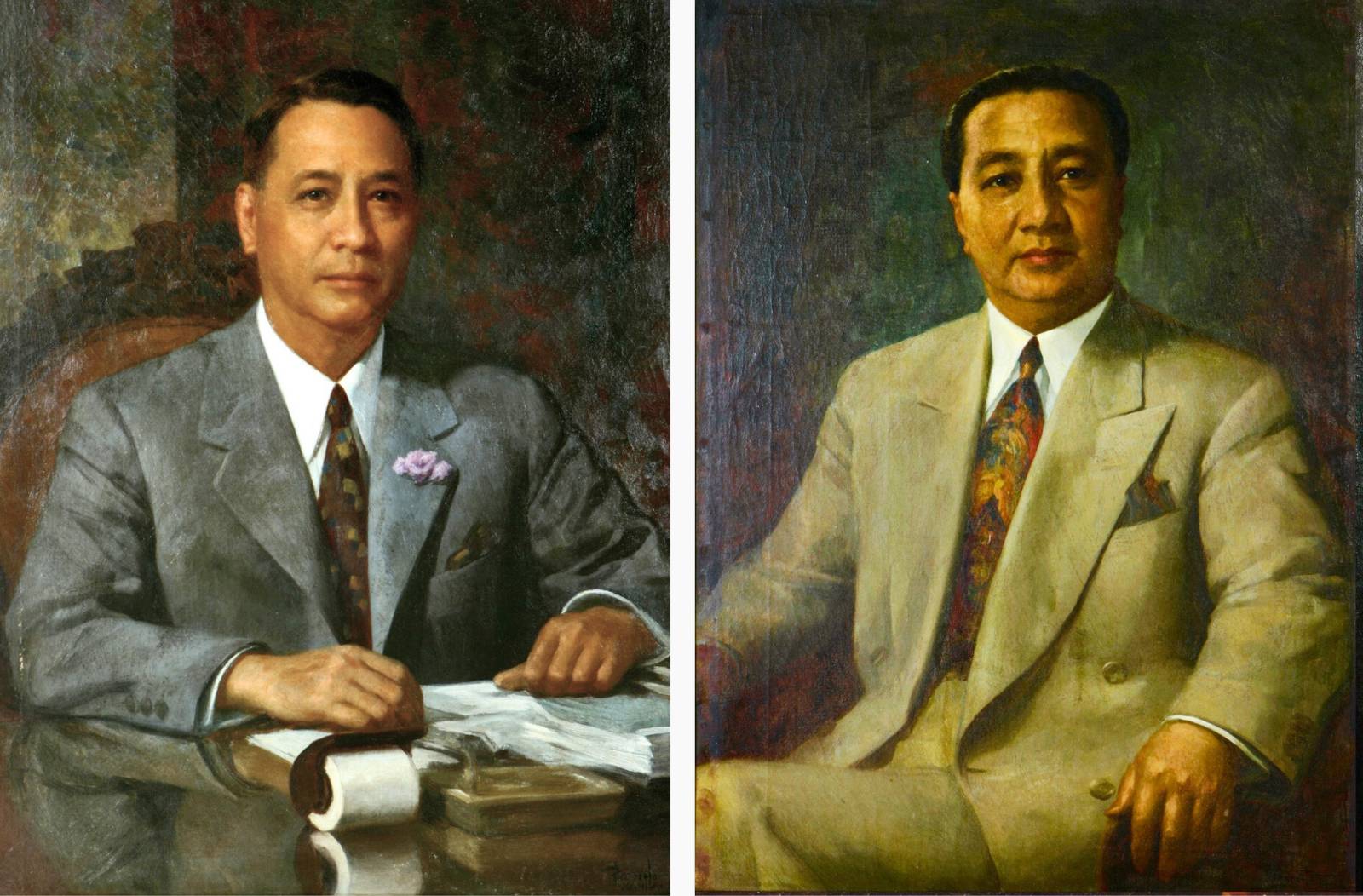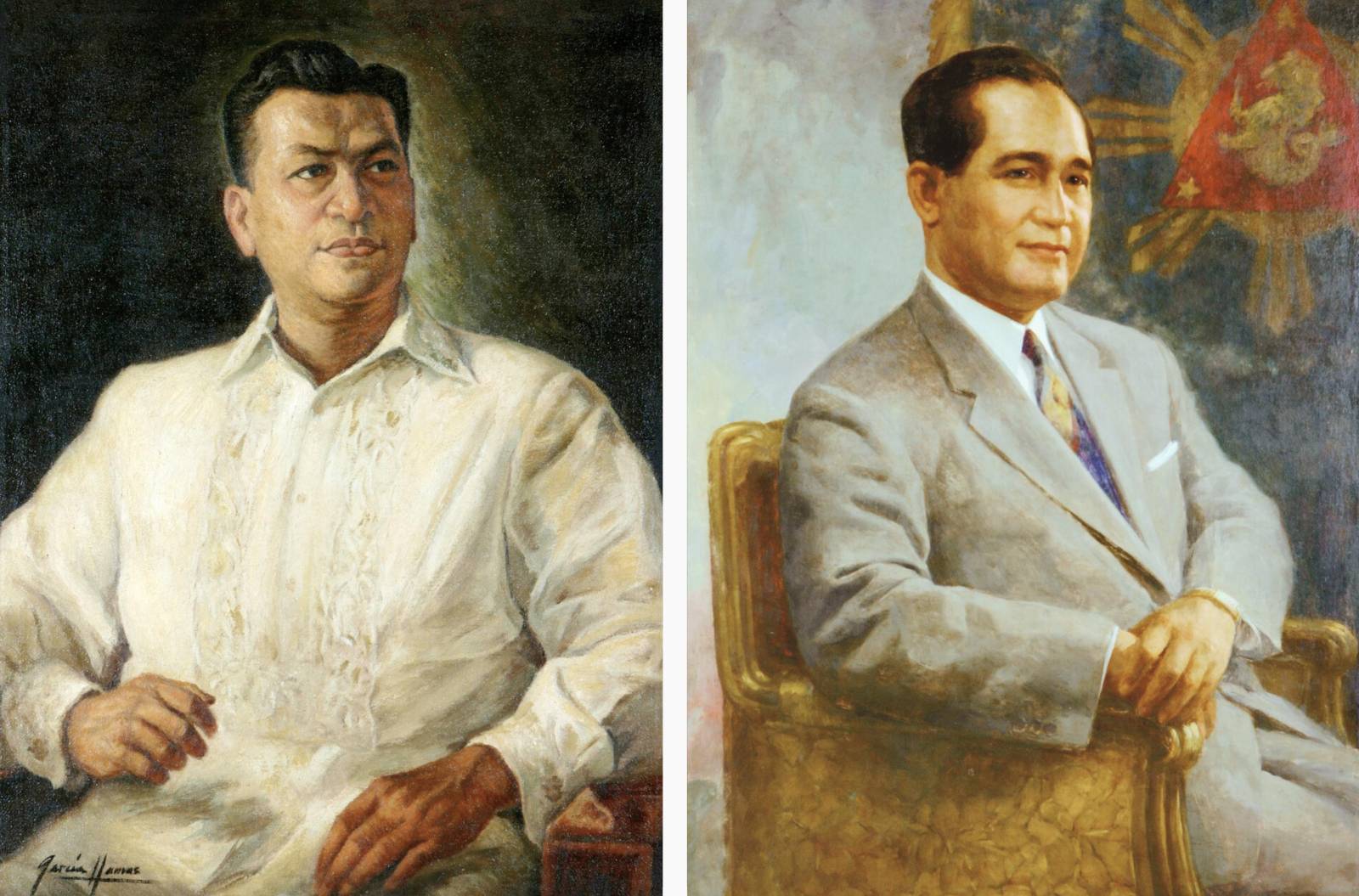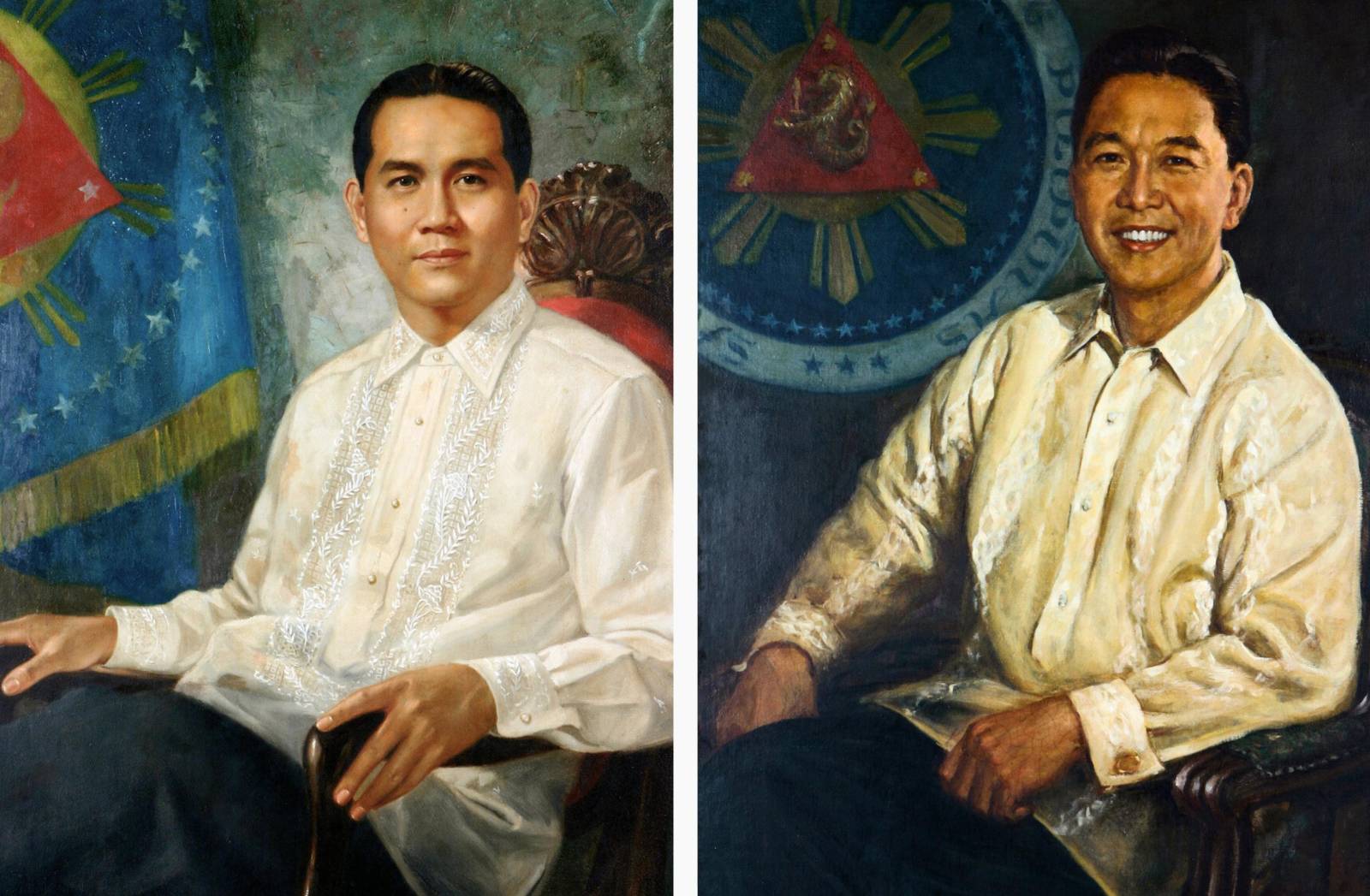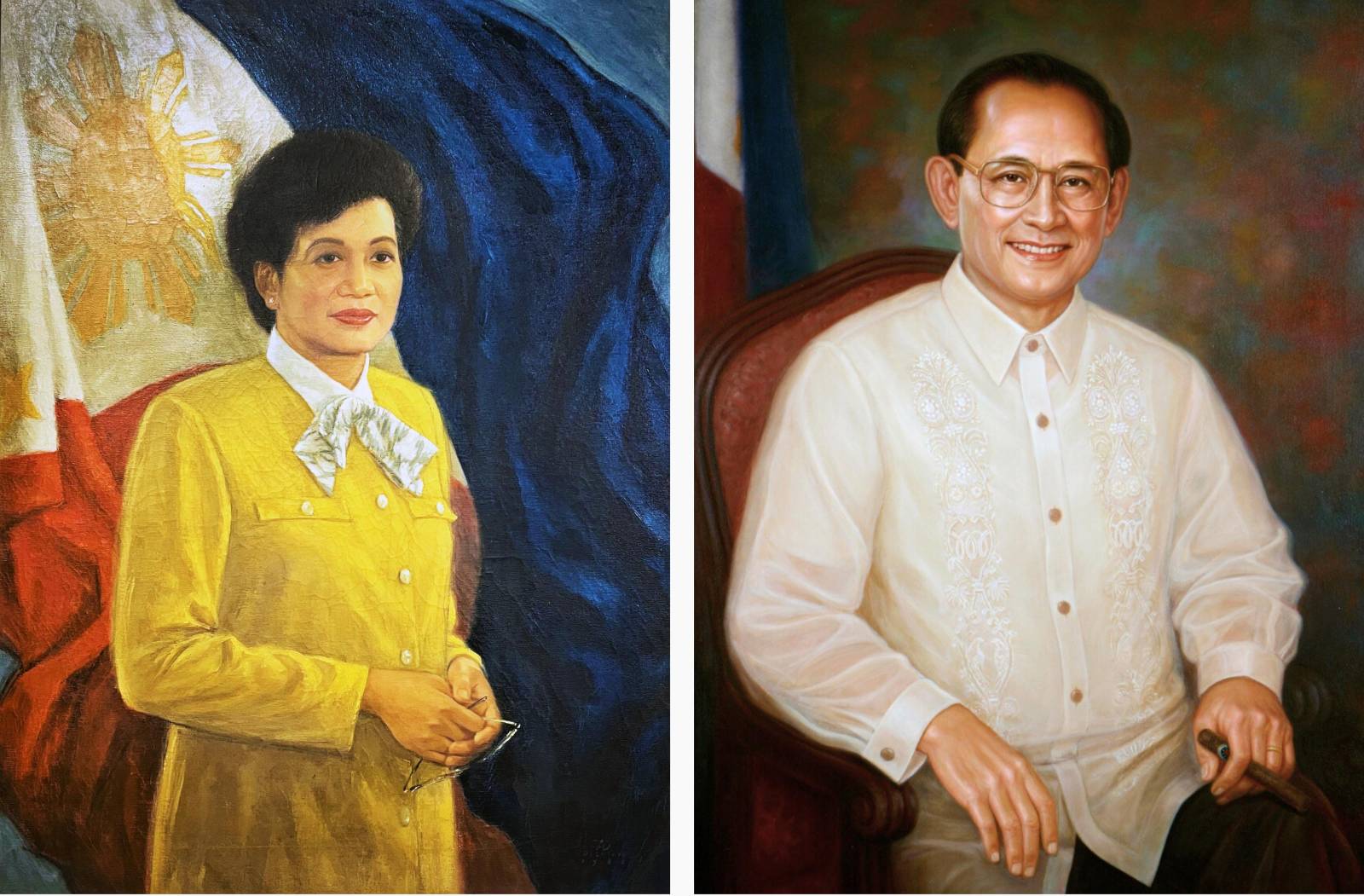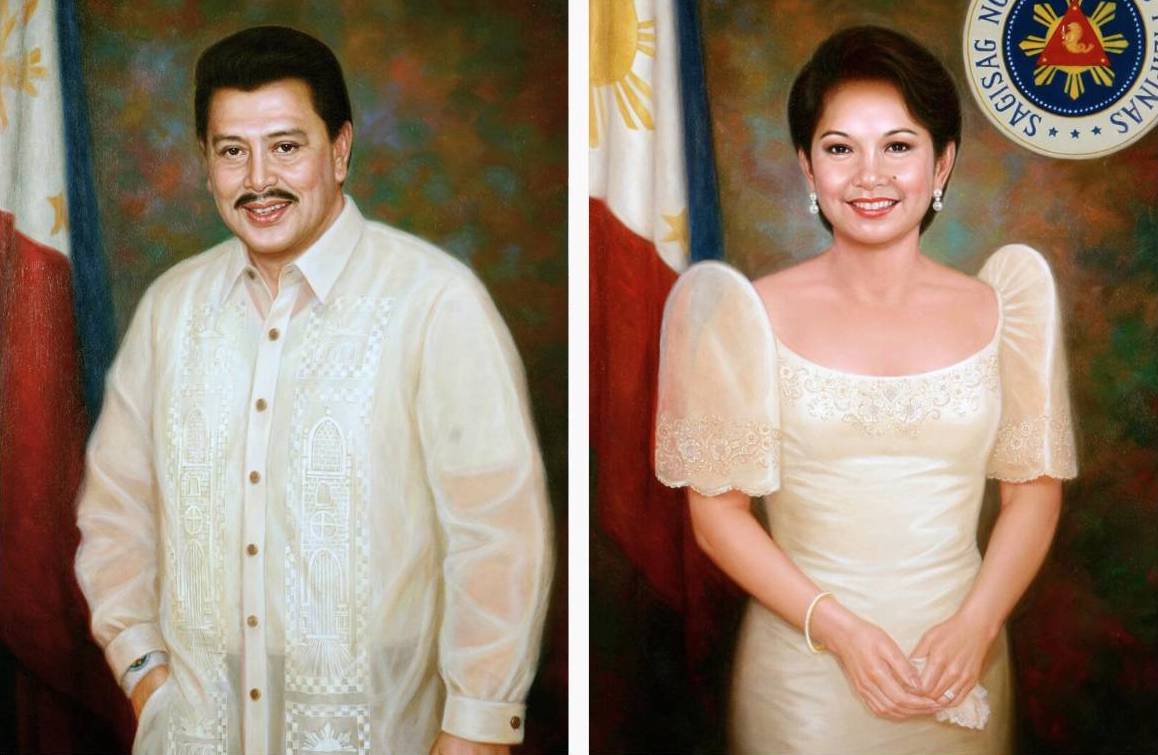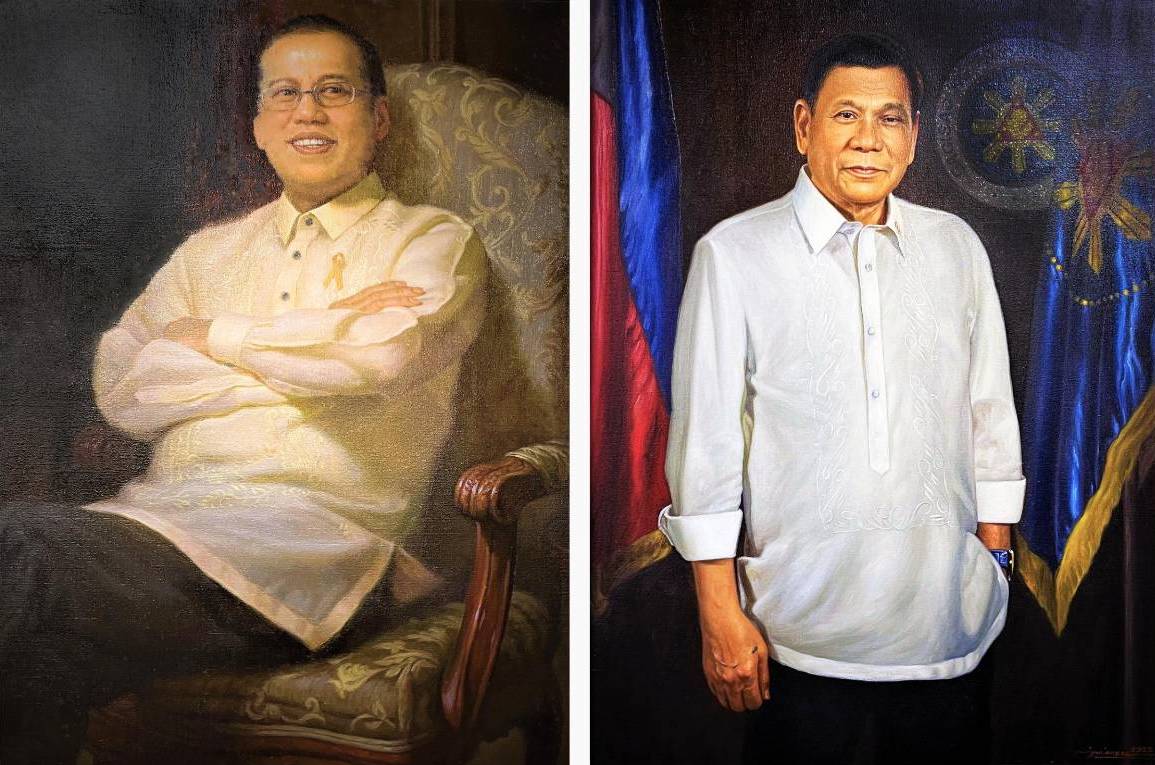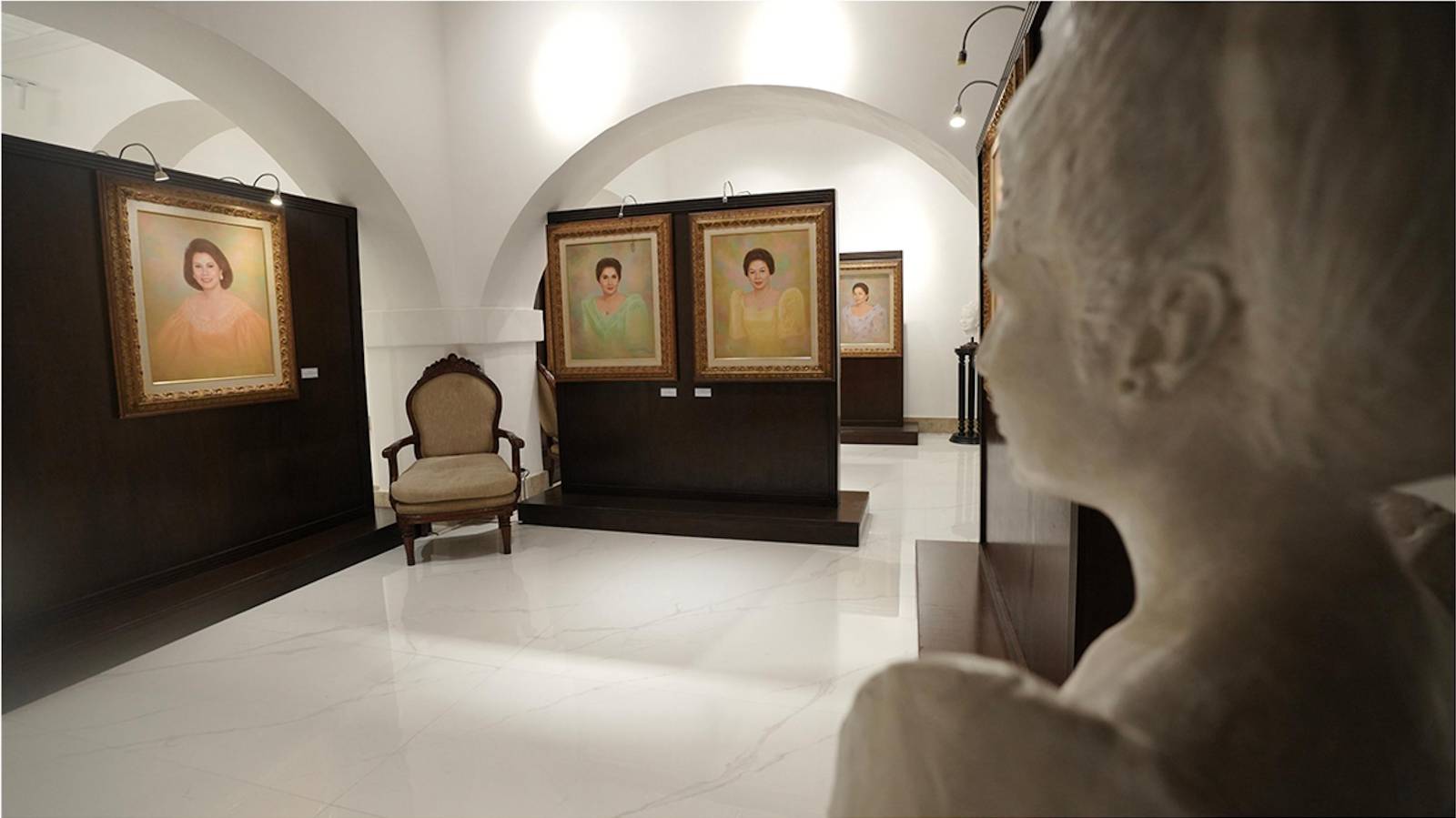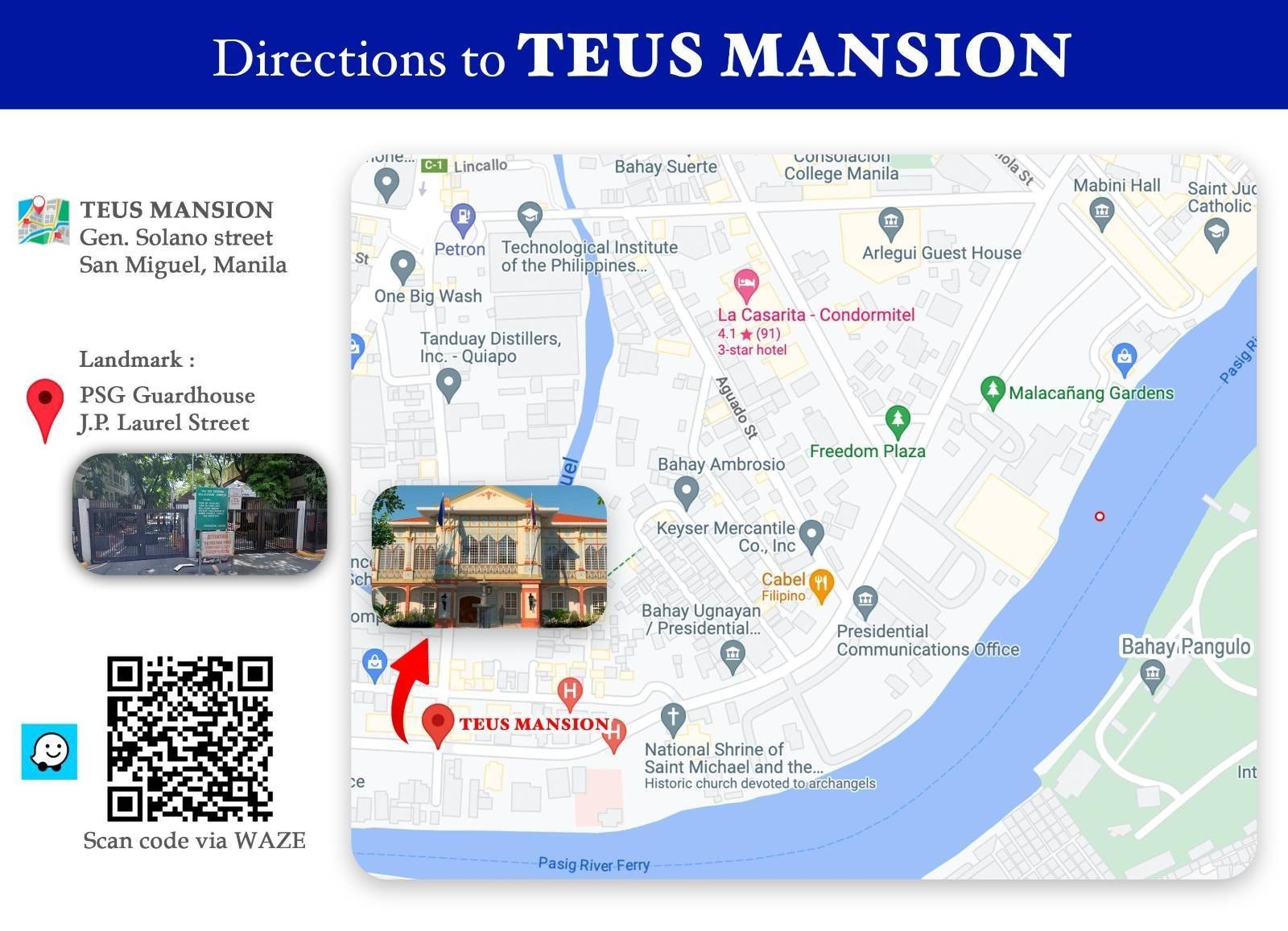Don Valentin would meet his demise in 1909. Since most of his children had migrated to Spain, his eldest daughter Concepcion, inherited the mansion. After her high school education at the Assumption Convent, she continued her studies in Spain where she married and remained. She rarely visited the house and had an old man as caretaker. Years passed and the once proud mansion eventually deteriorated. Its kitchen roof fell and the attic became home to a bat colony. In 1974 Concepcion decided to sell the house to then First Lady, Imelda Romualdez Marcos.
Mrs. Marcos turned it into a guest house. She restored and remodeled it with the help of interior decorator Ronald D. Laing and antique dealer Viring de Asis. Housed at the second floor are collections of gifts to President Ferdinand Marcos and First Lady Imelda Marcos including the ones given during their silver wedding anniversary such as silverware and porcelain.
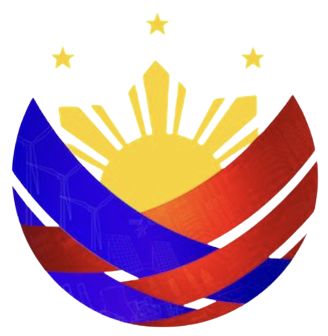
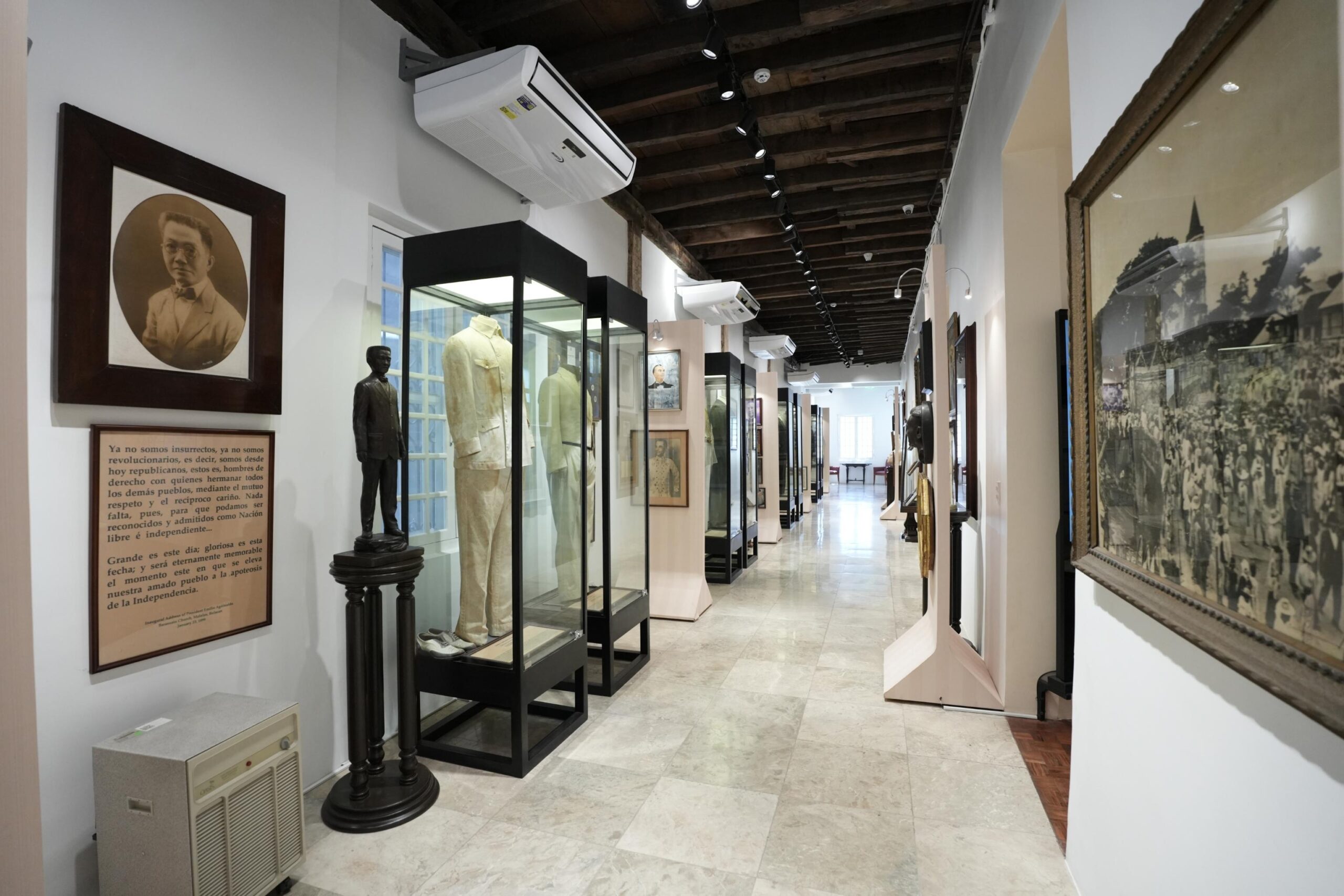
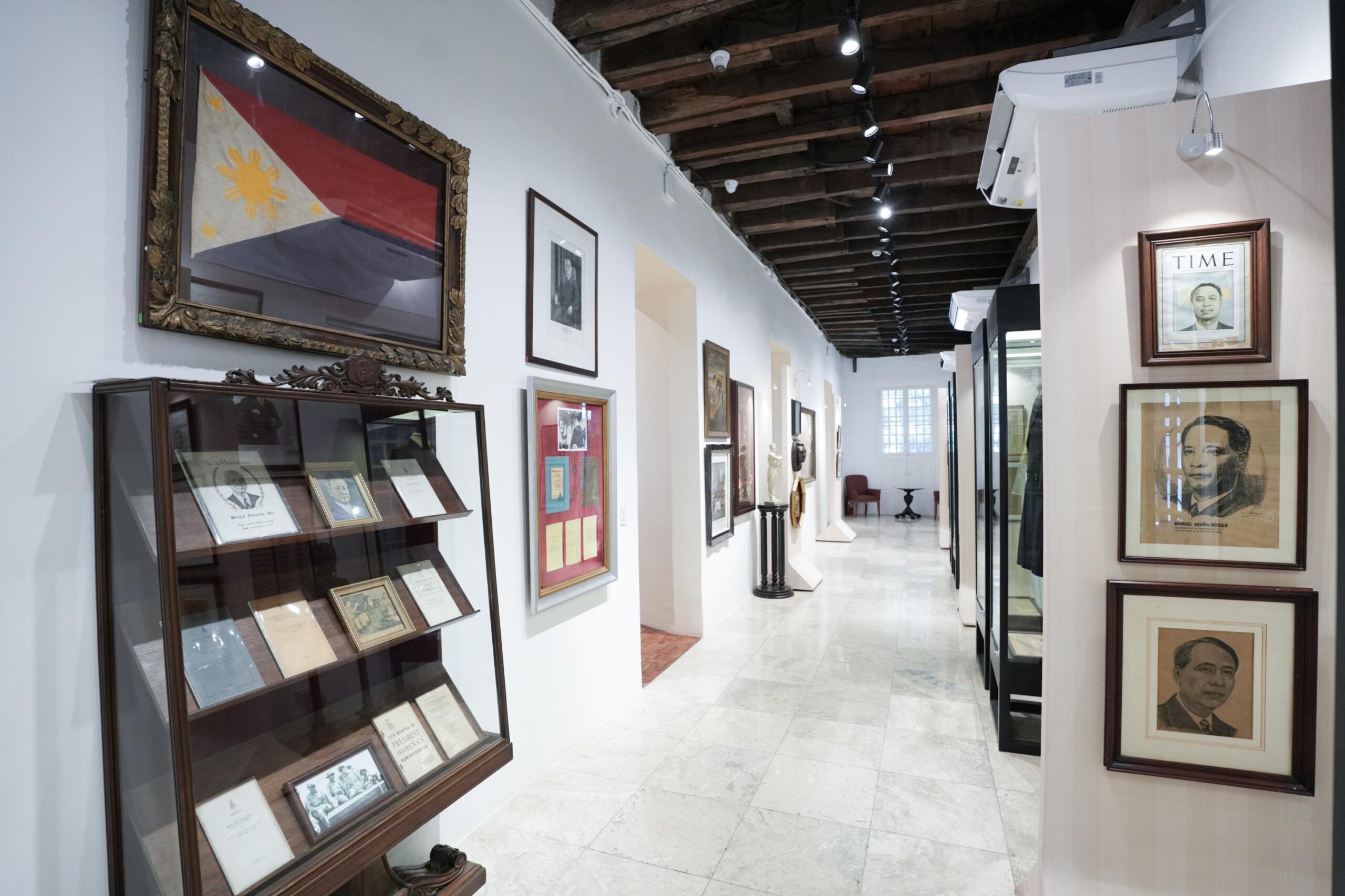
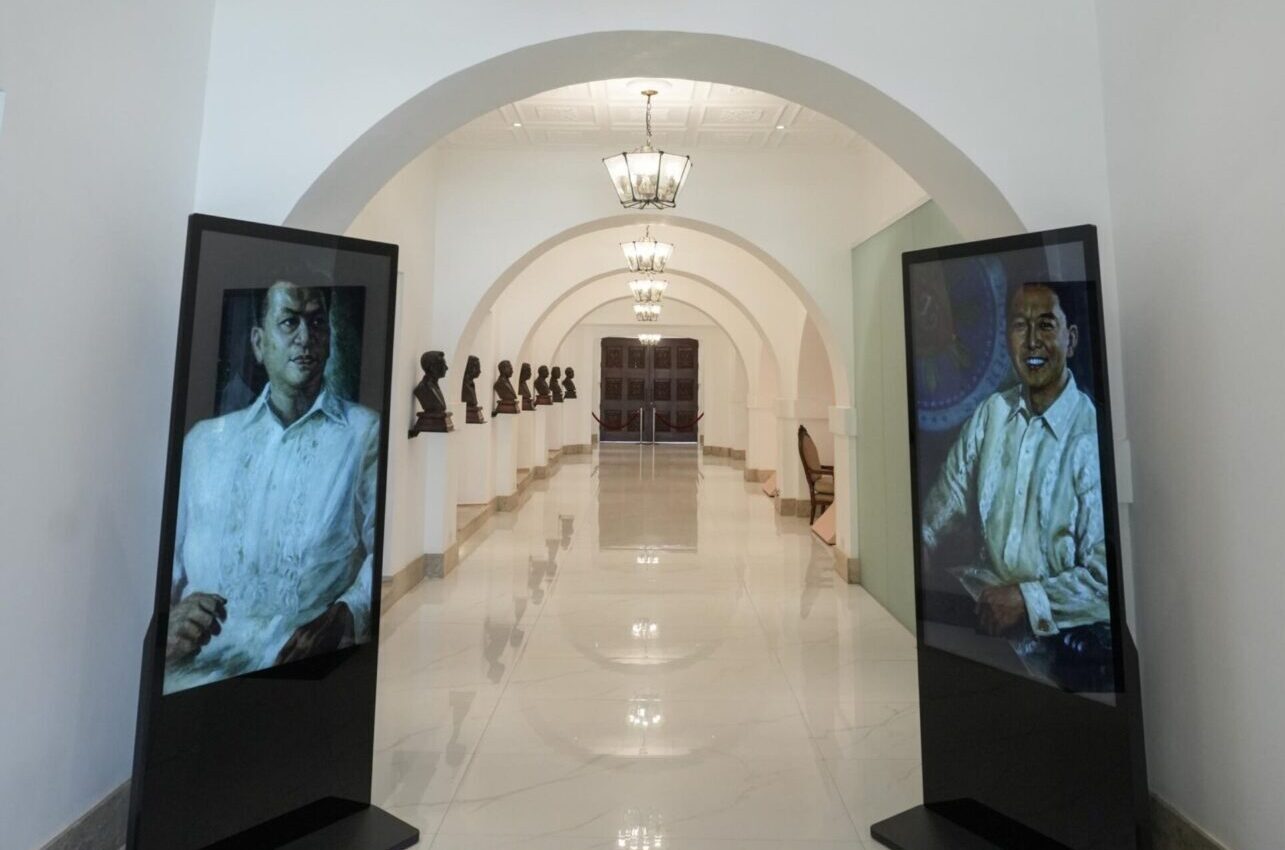
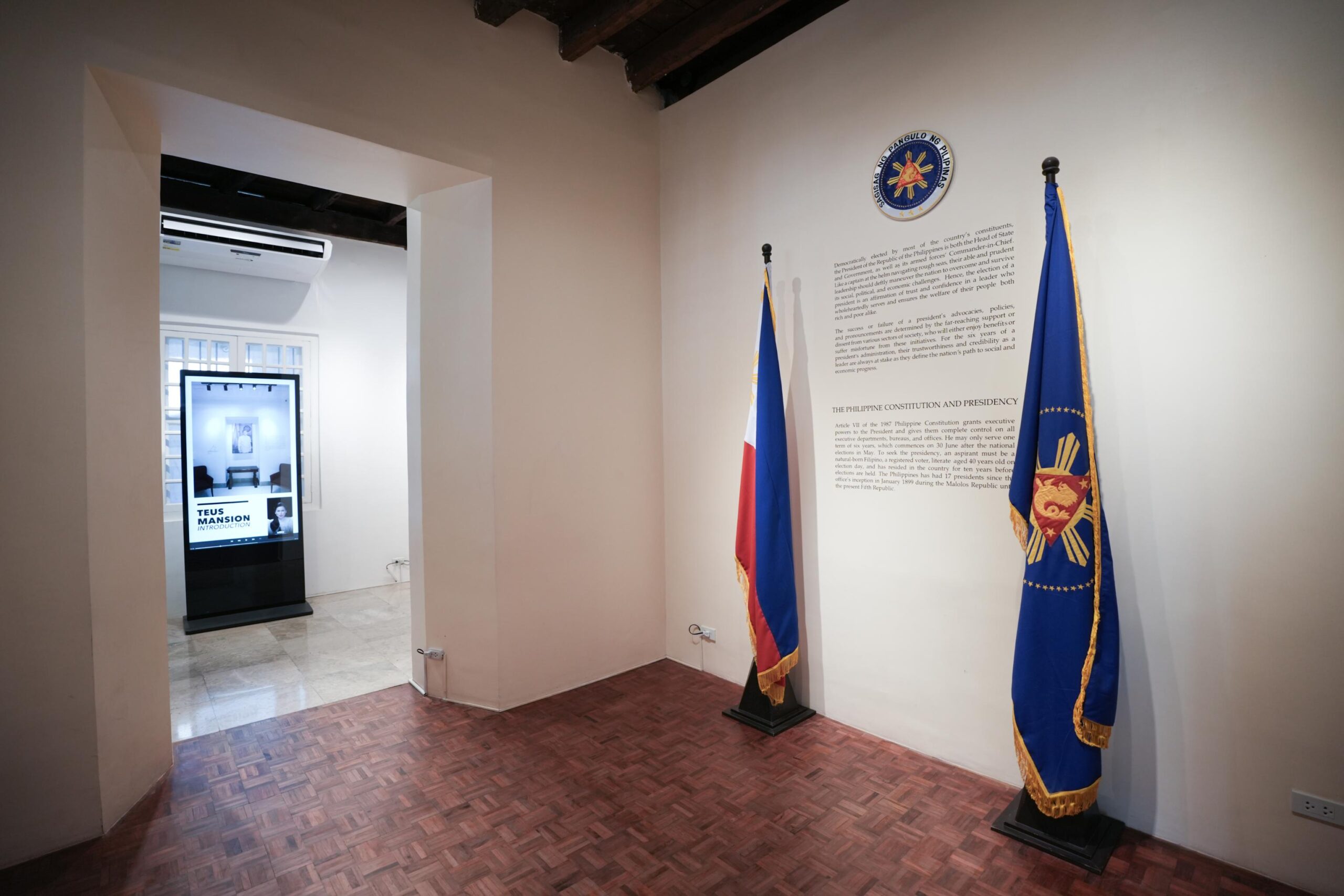
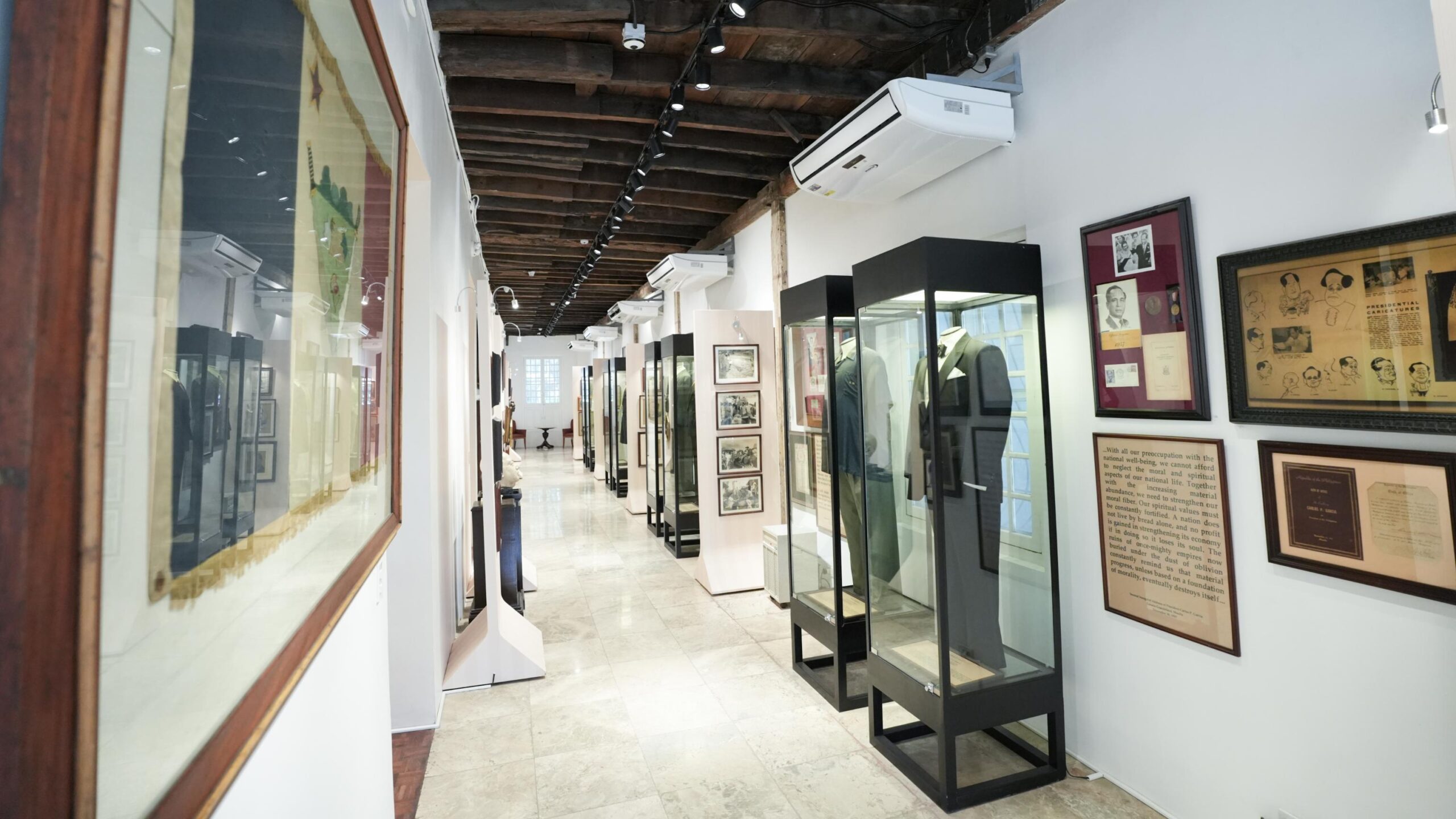
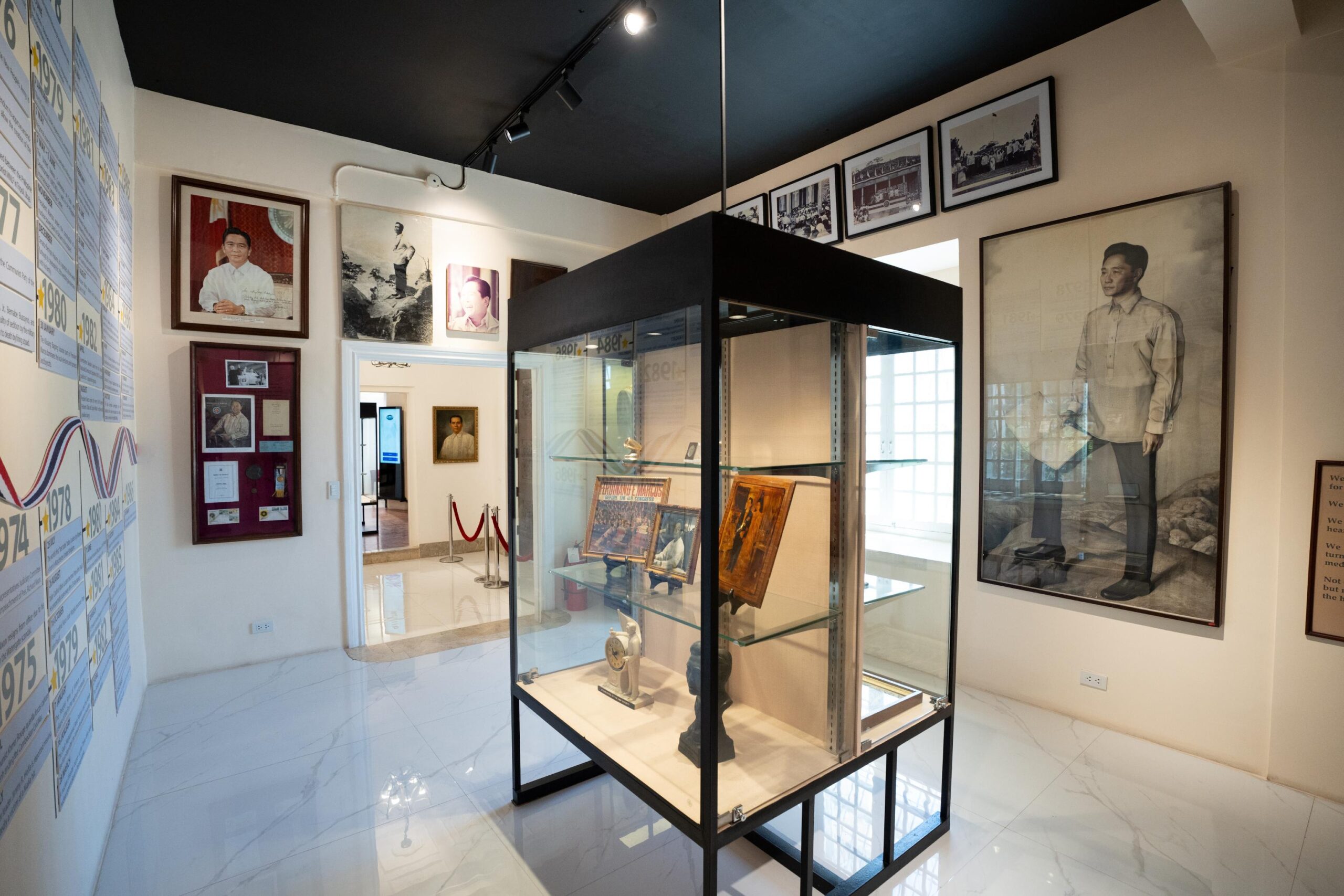
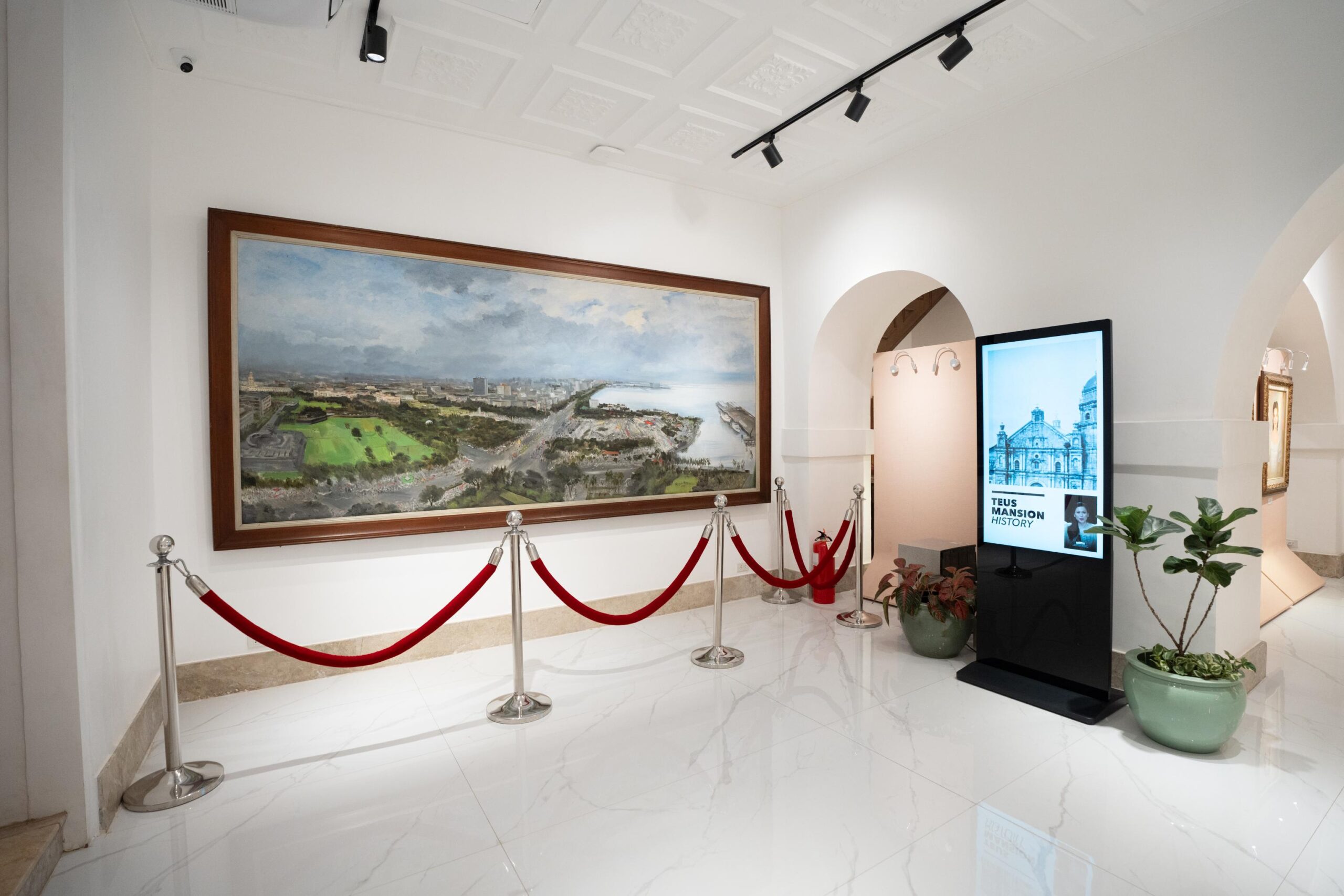
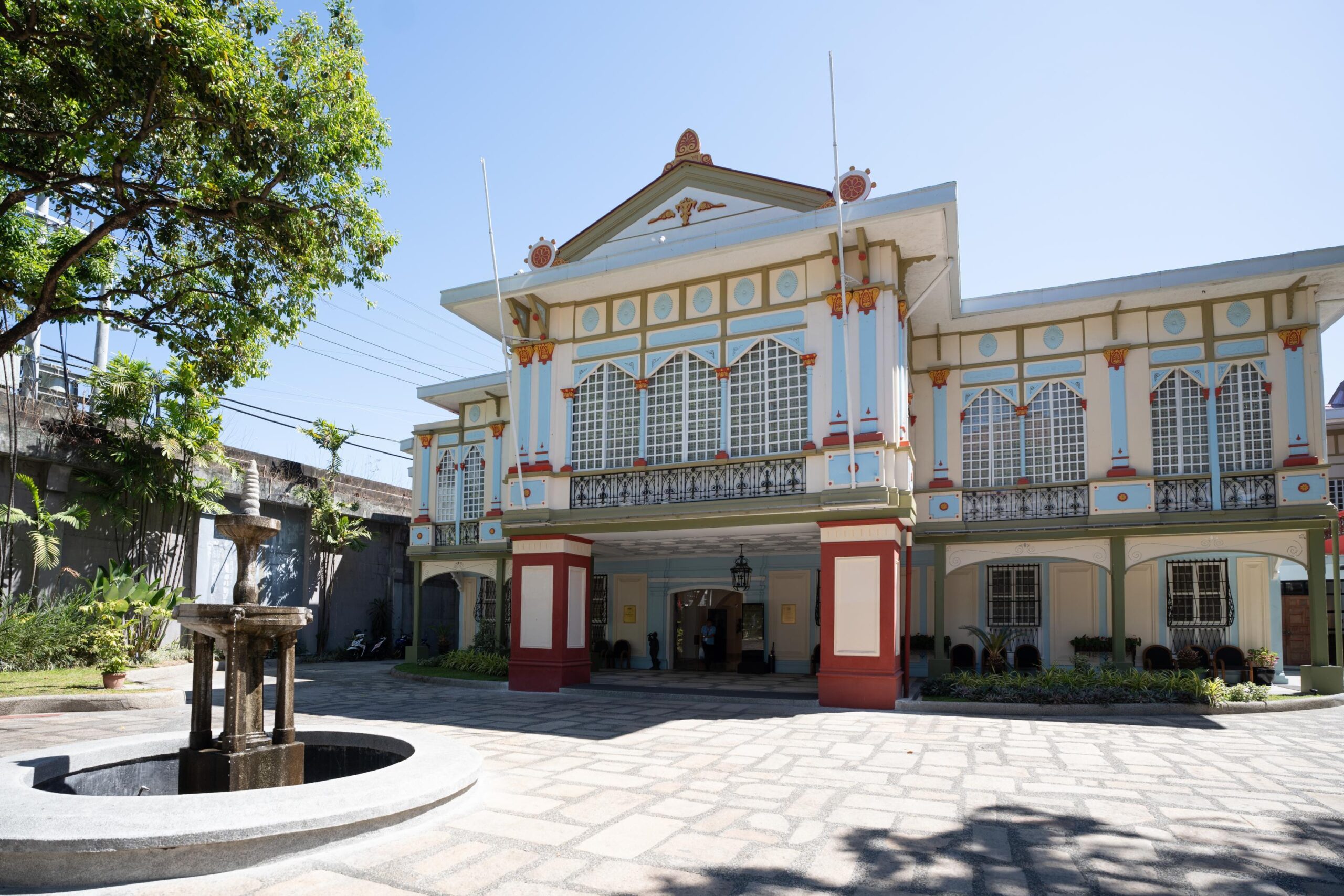
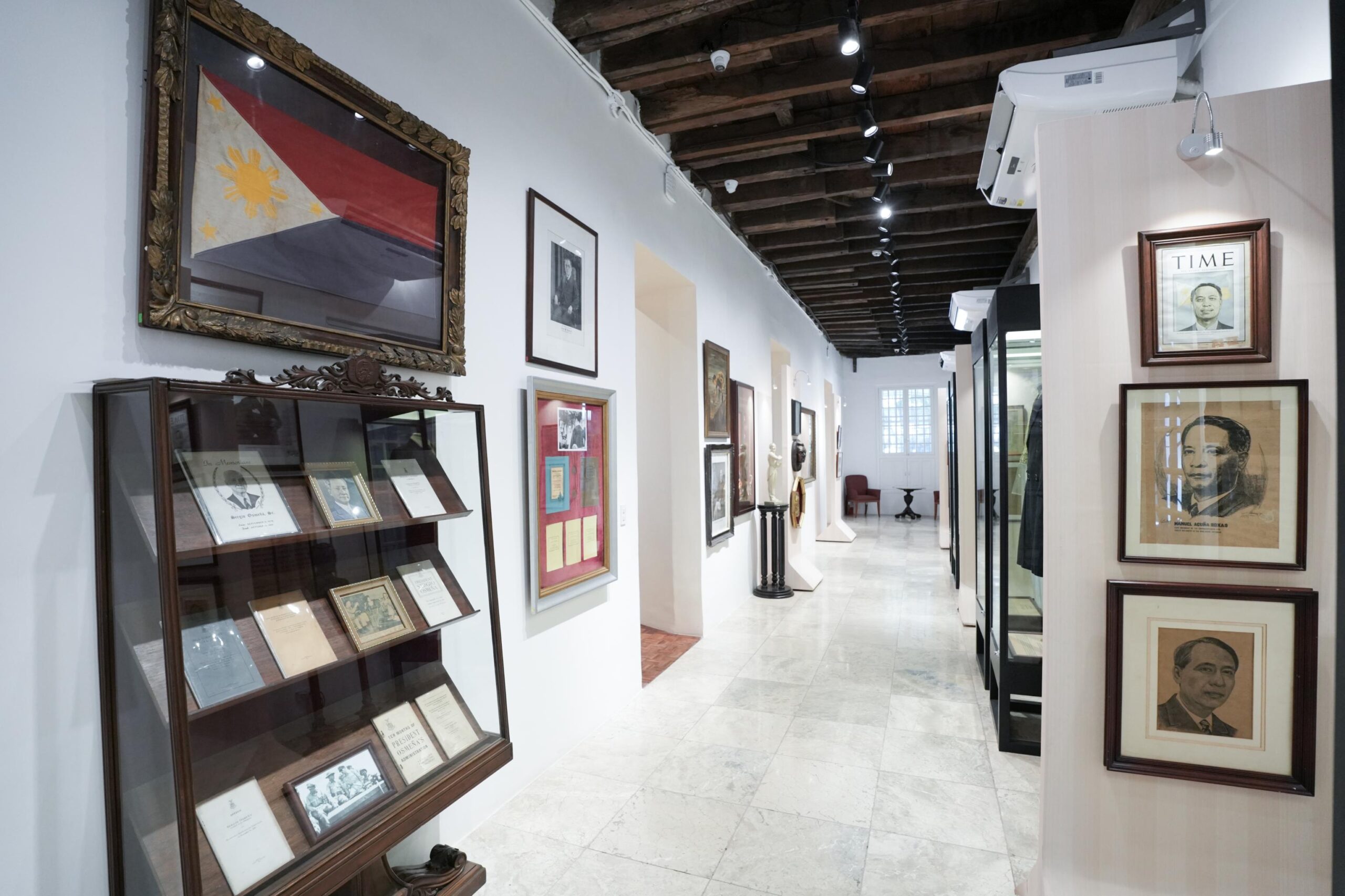
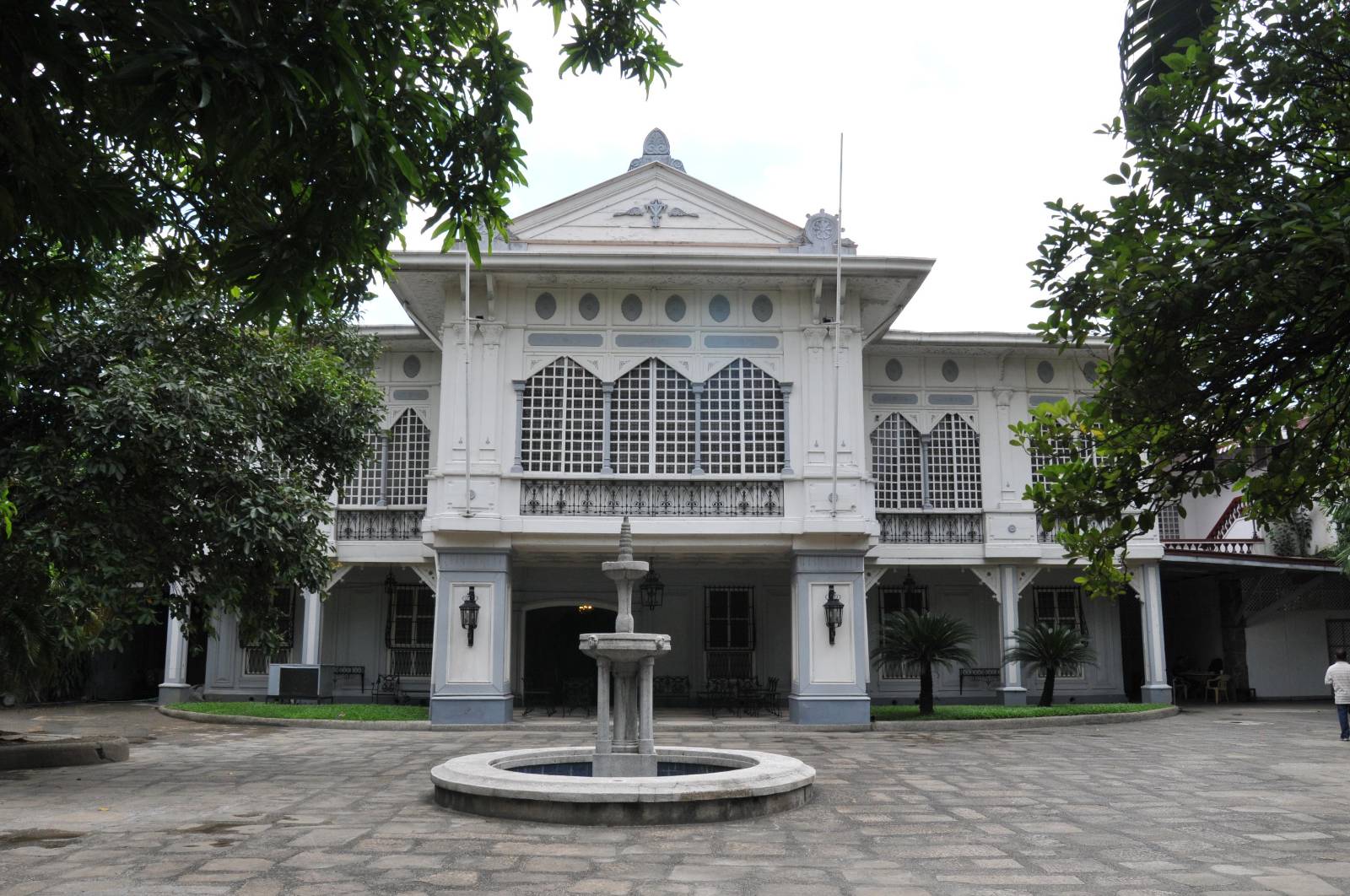
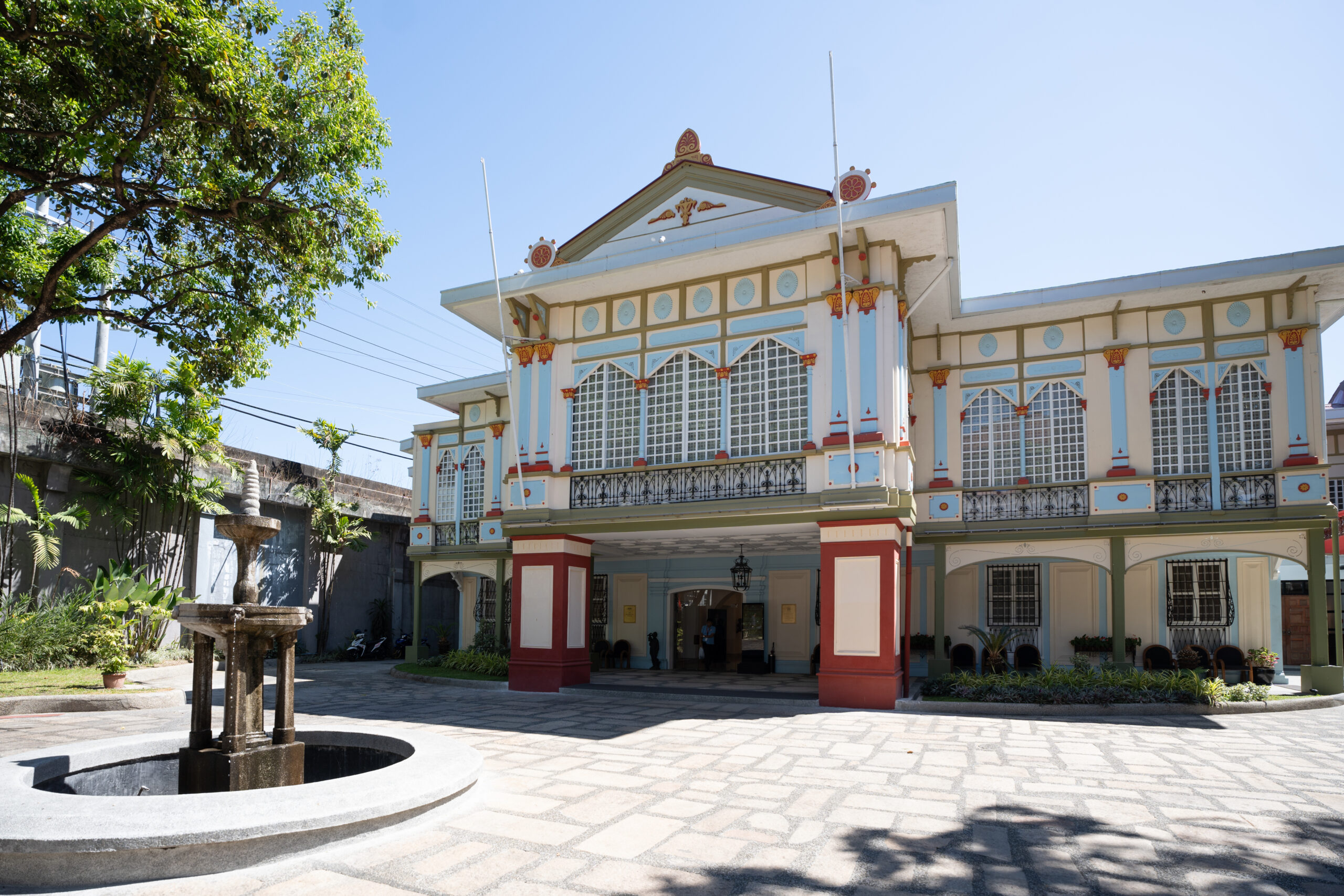
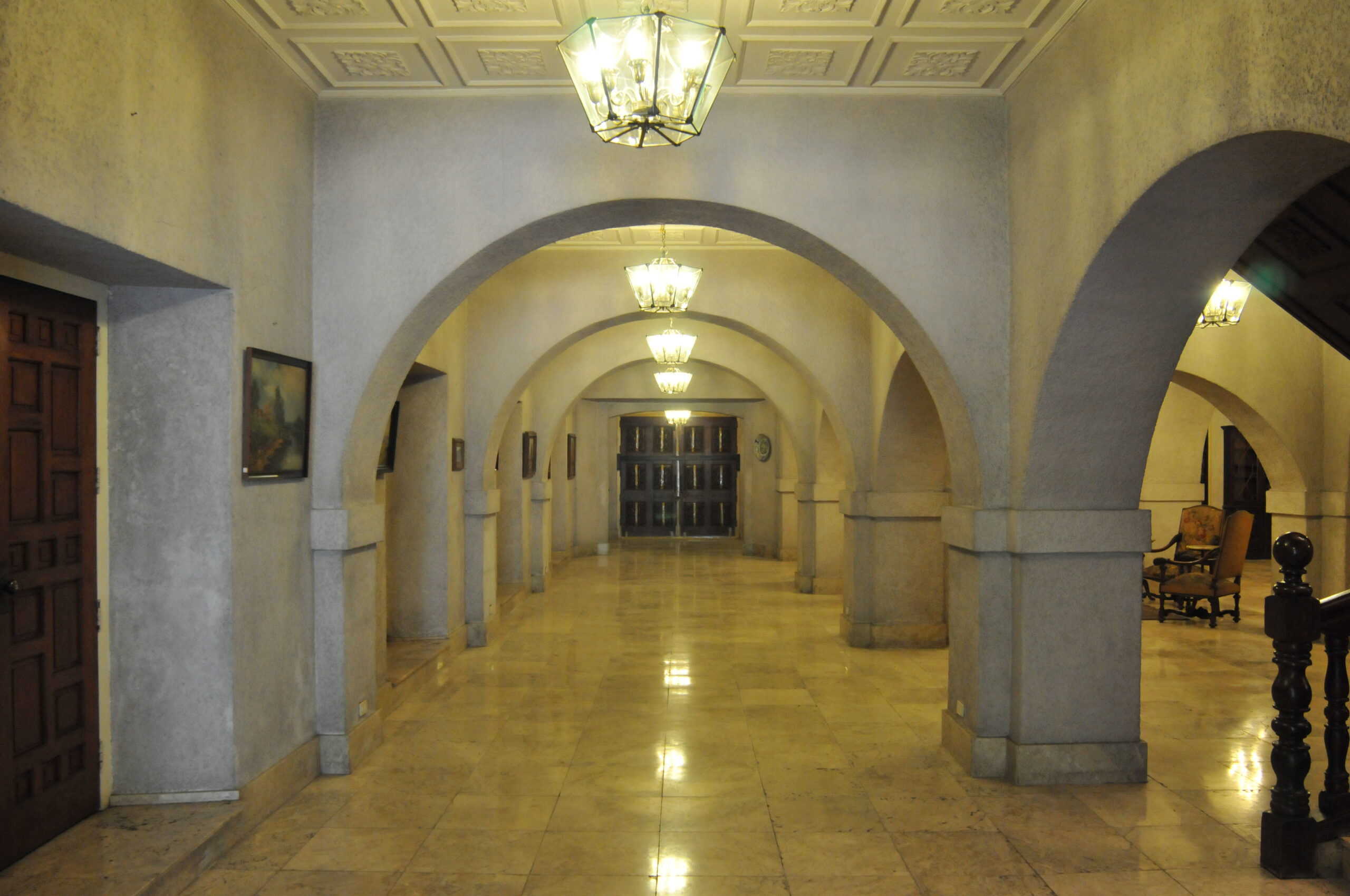
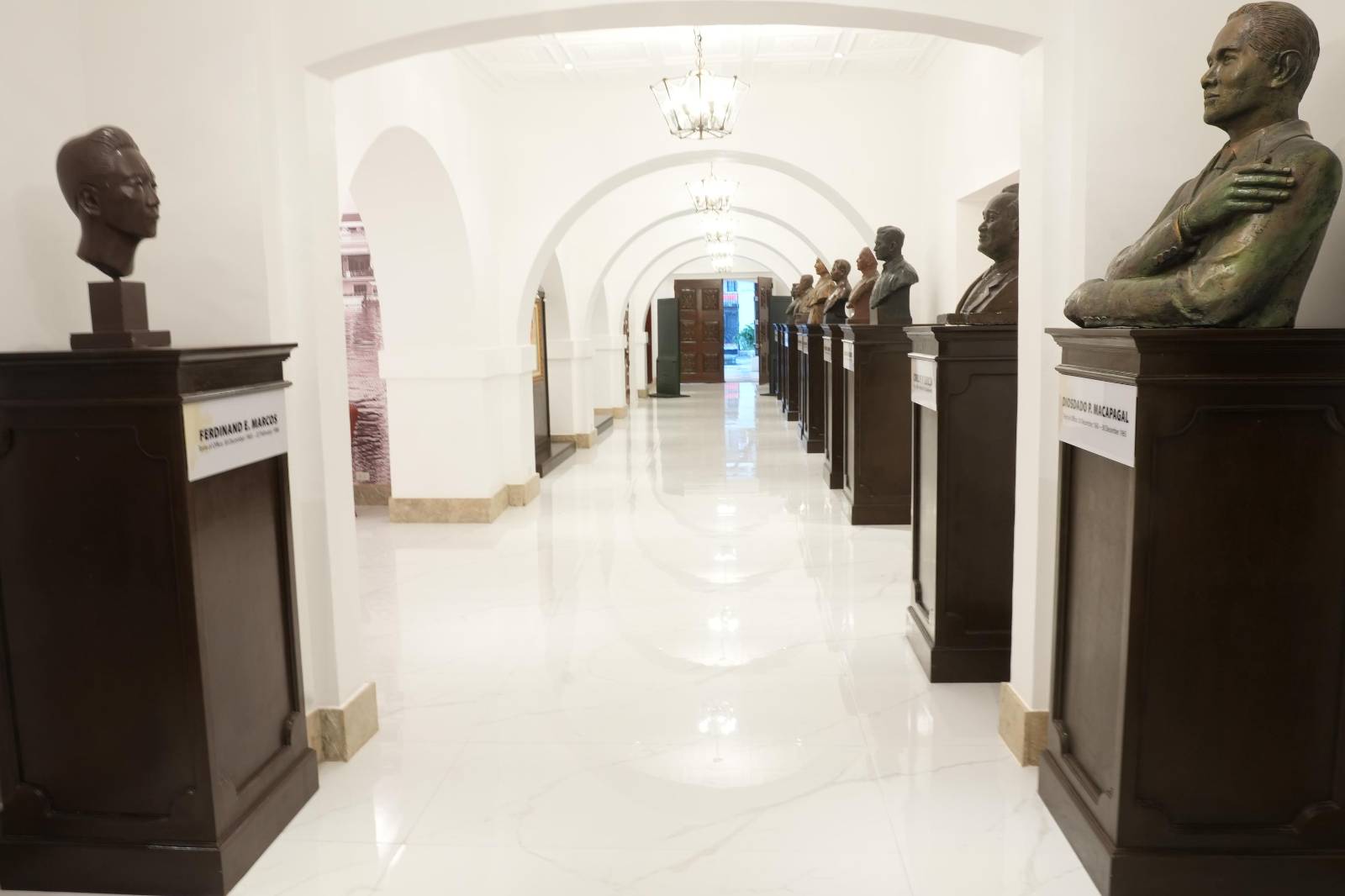
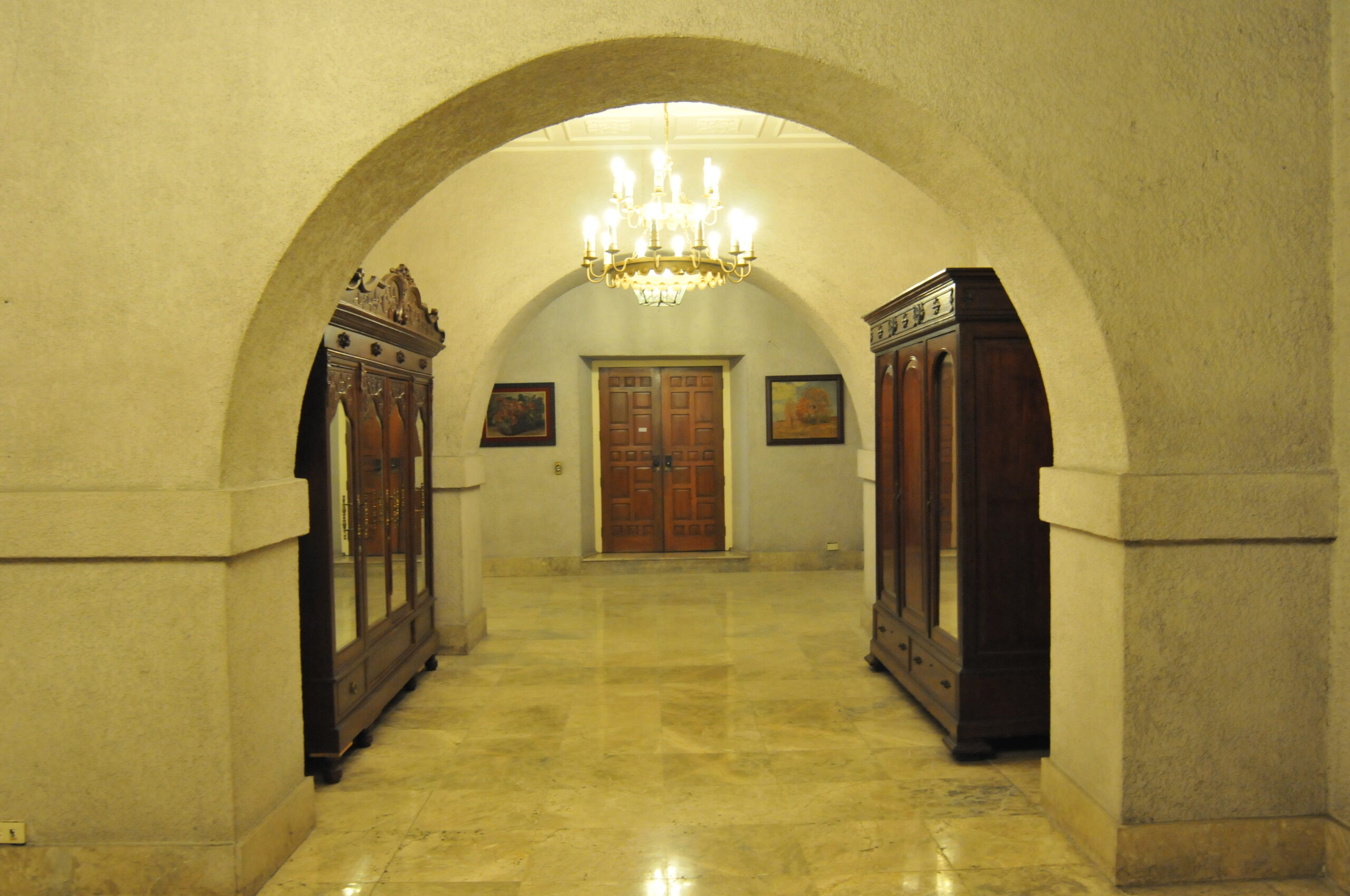
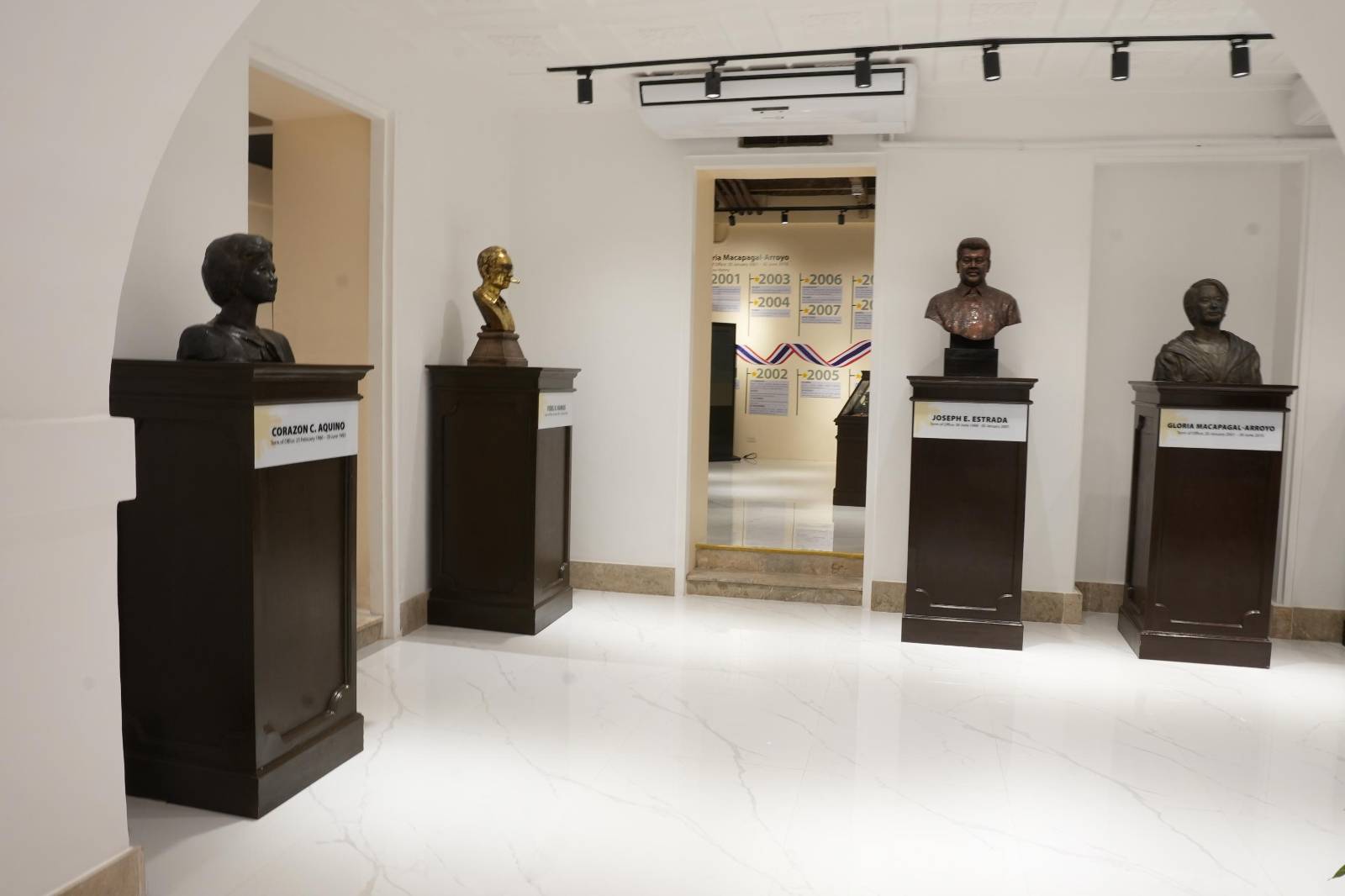 Add overlay element
Add overlay element 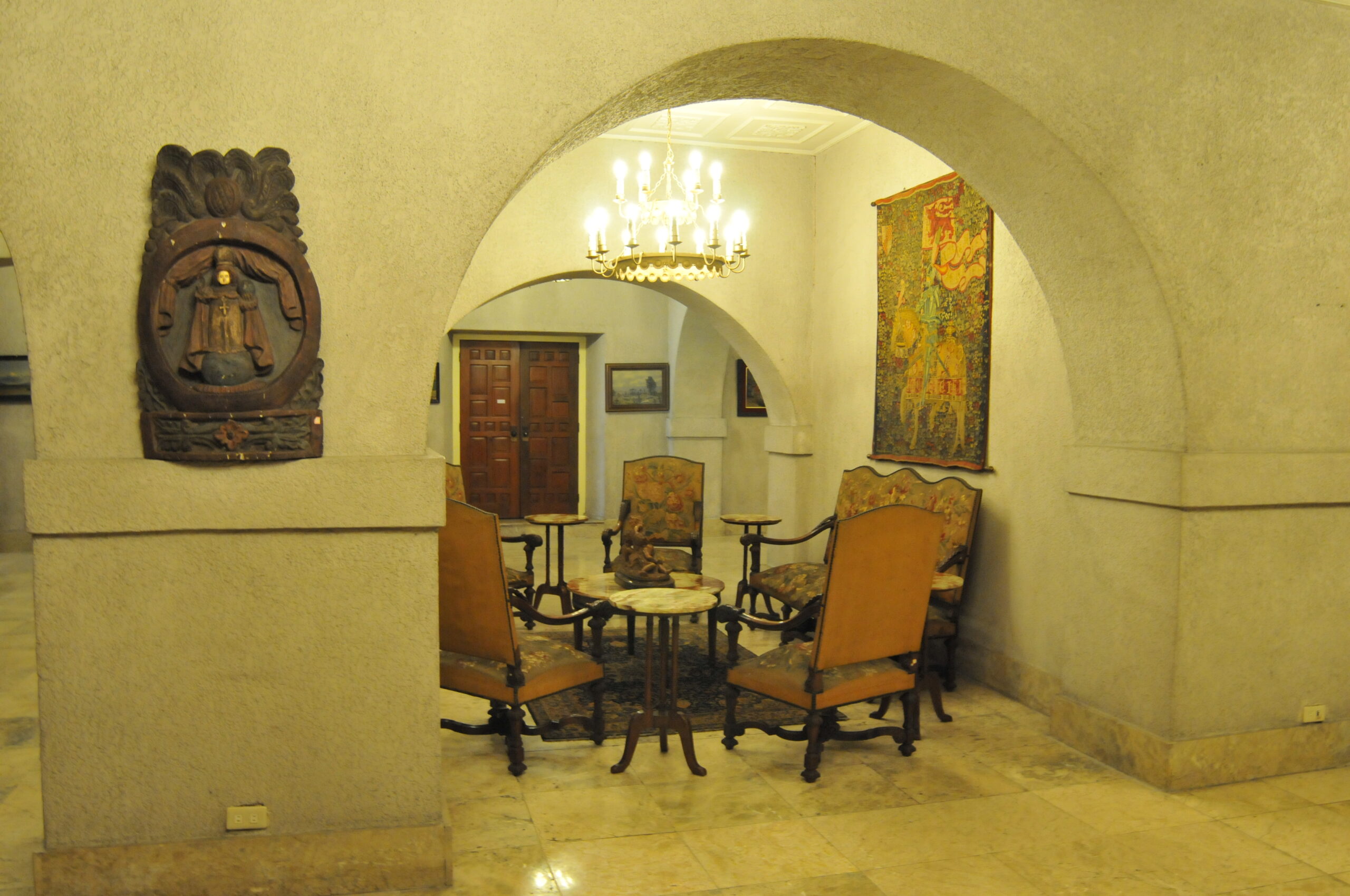

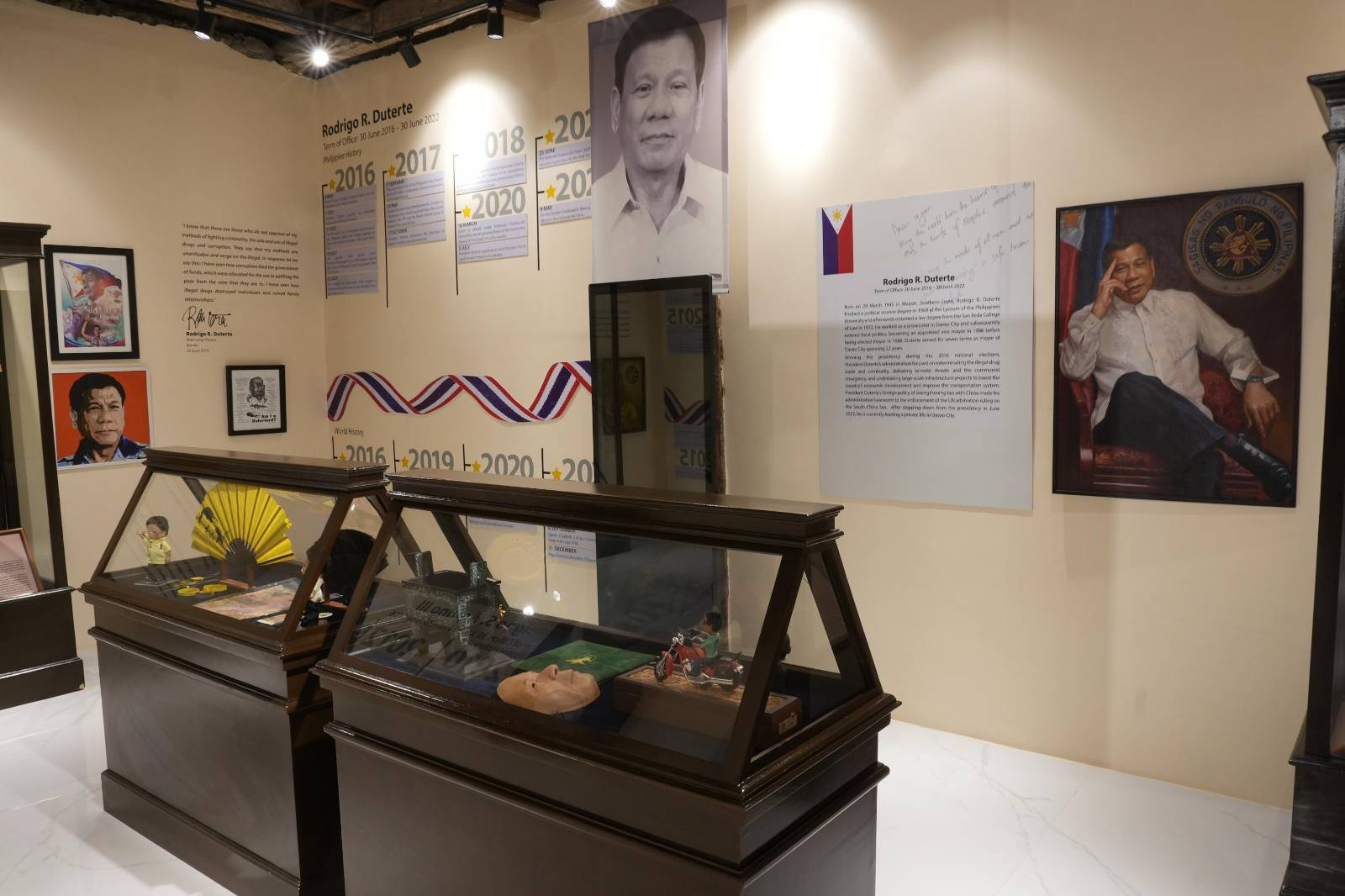 Add overlay element
Add overlay element 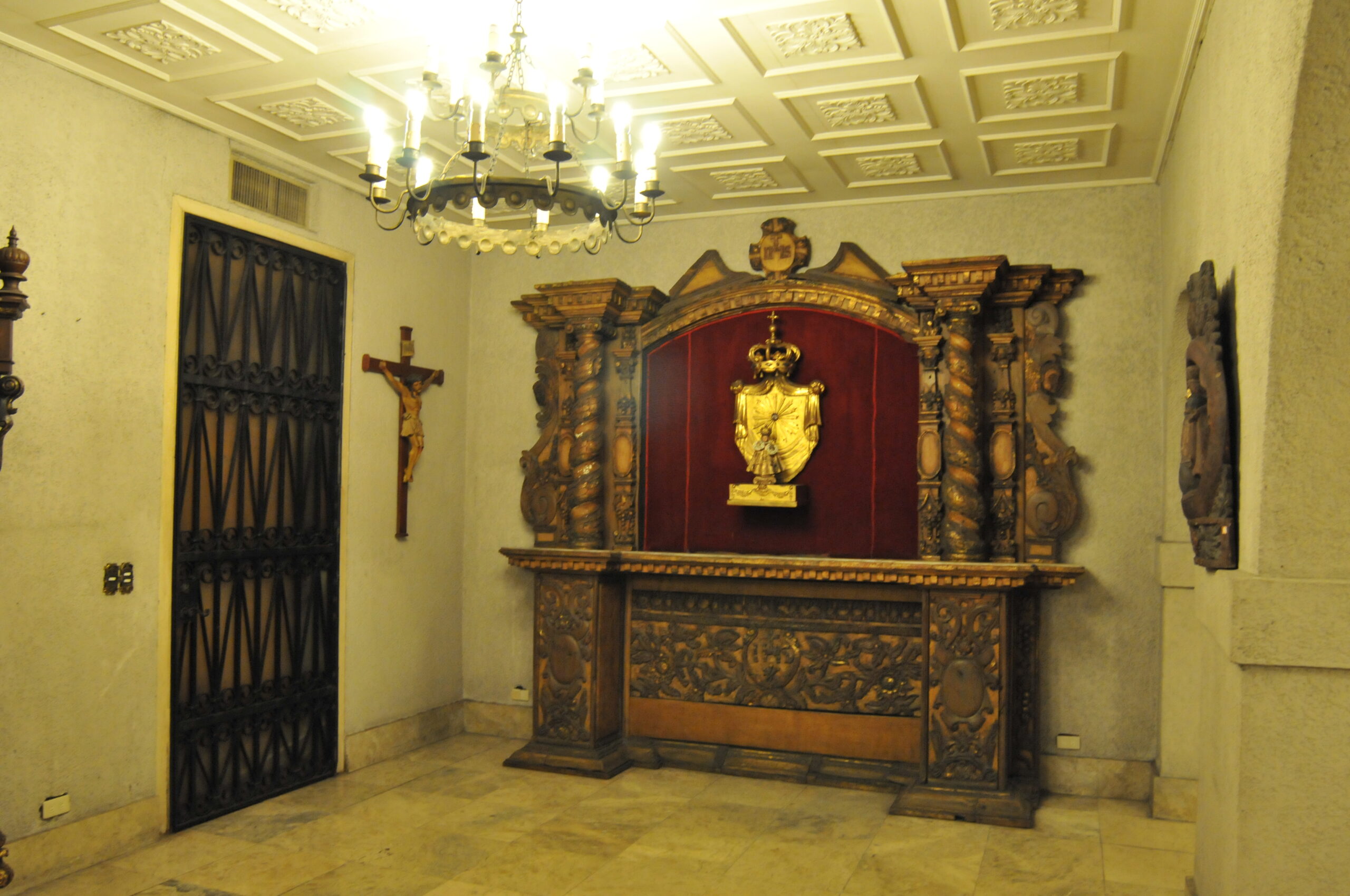
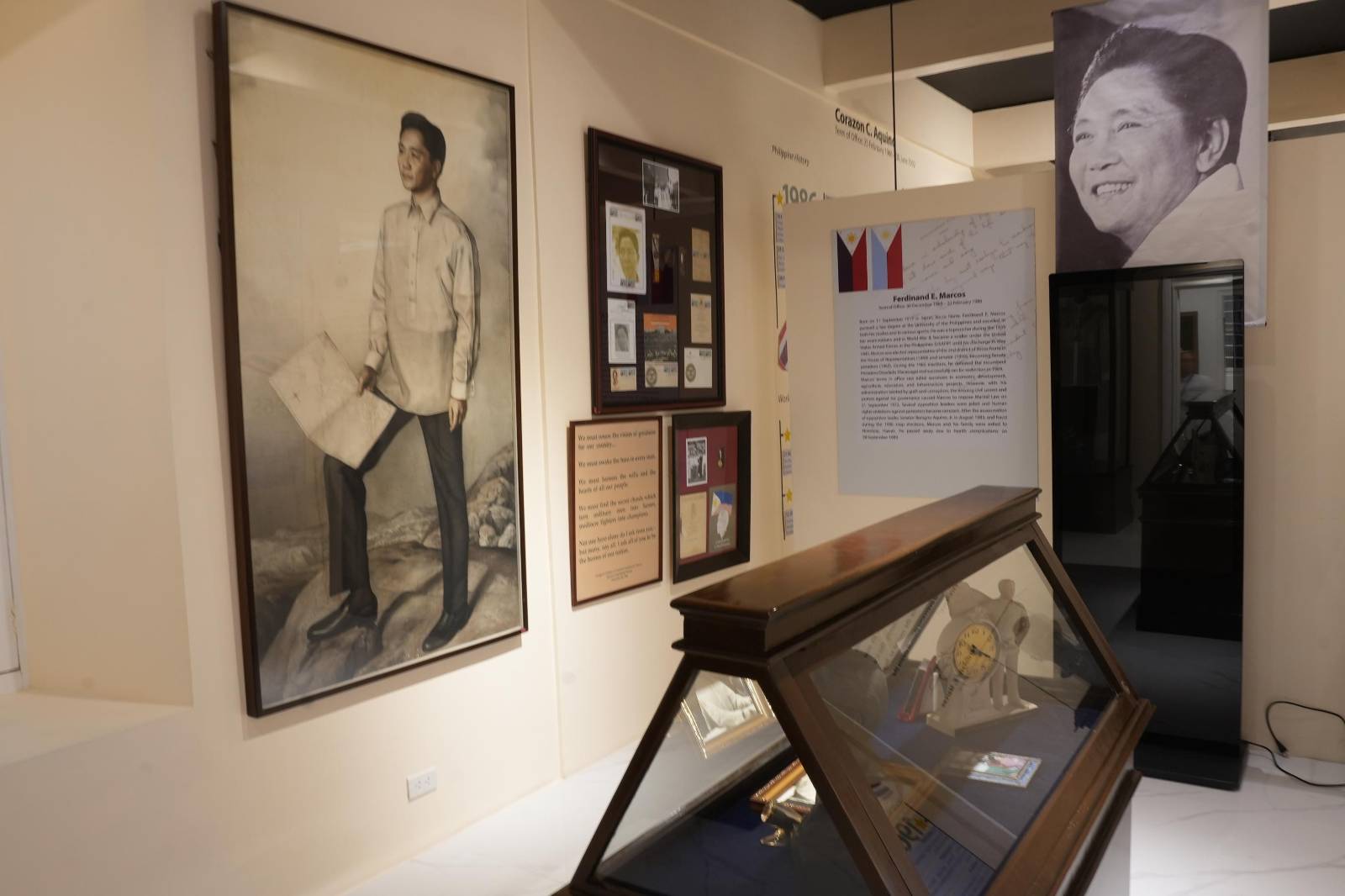 Add overlay element
Add overlay element 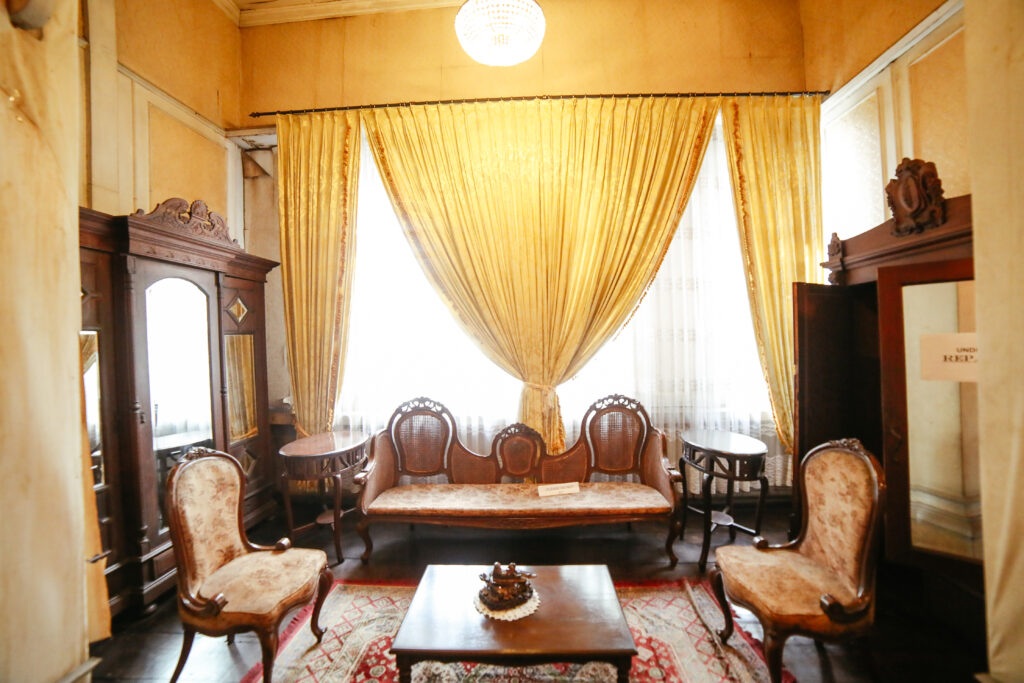
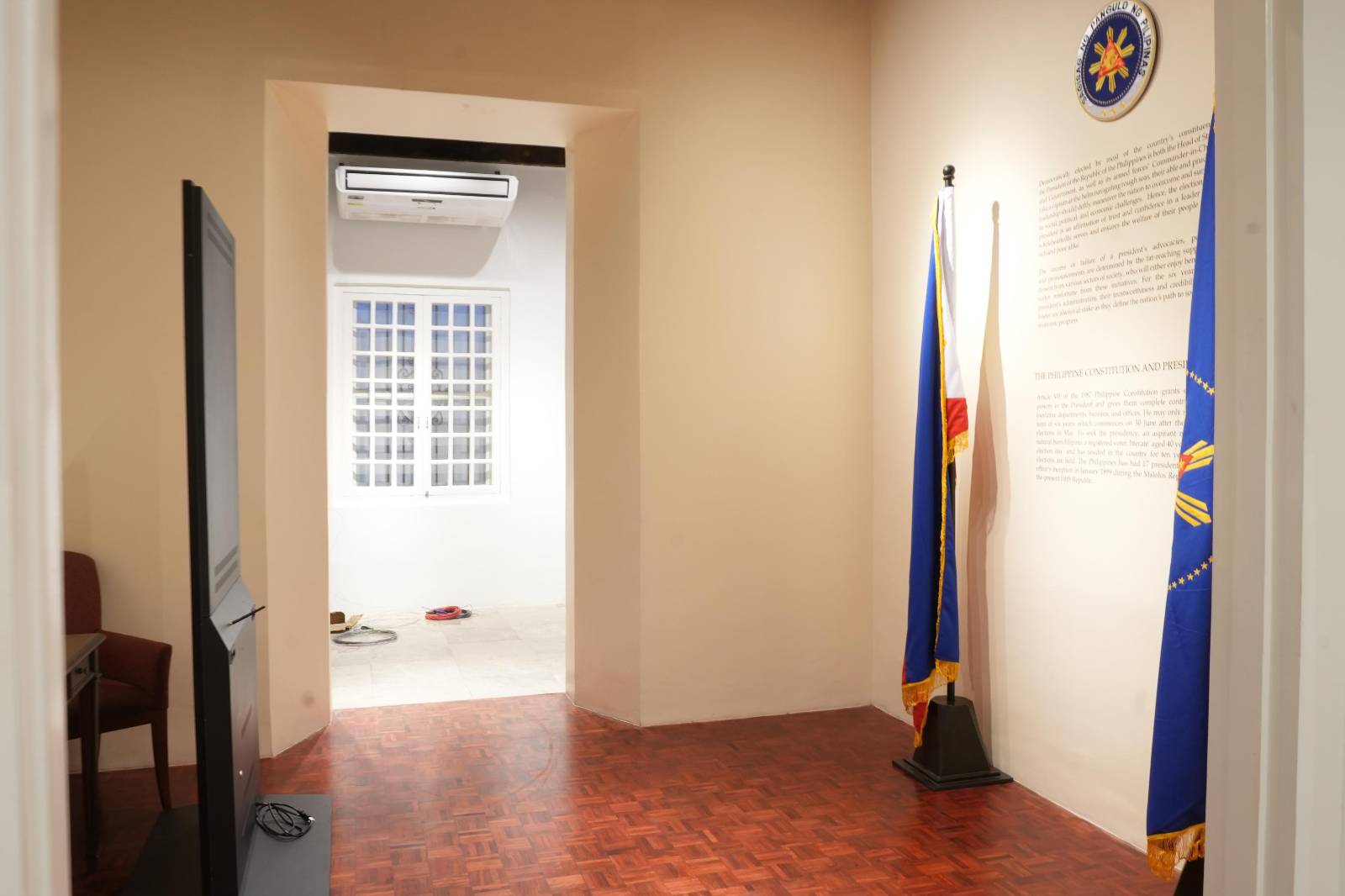 Add overlay element
Add overlay element 